Fast-forward four years of education at the illustrious Fashion Institute of Technology (FIT) and Tolu managed to graduate from the same establishment which boasts the likes of Michael Kors, Calvin Klein & Schiaparelli’s Daniel Roseberry as alumni. After successfully obtaining her degree double-majoring in Fashion Advertising & Marketing, she decided to stay in Brooklyn, whilst interning at different fashion design & production houses domiciled in the New York area. LaQuan Smith probably sticks out as the most notable from Tolu’s recollection–citing her learning experience working under the former CFDA Award Finalist.
And then, the 2020 Covid lockdown hit. Something which genuinely sparked a change in direction for the young designer. Having already lived and experienced the “American Dream”, I think the creation of Meji Meji was Tolu’s attempt to discover more outside of it. Innovating the use of our own identities as African people–remembering our roots at the epicentre always.
Tolu, at the time, was staying with her friend who specialises in graphic design and assisted in crafting the brand’s visual identity. From instantly being stocked in revered global experiential fashion retailer, Nordstrom, back when the brand launched–as well as hosting Meji Meji pop ups all over the world– now she manages to circle back to South Africa.
Judging from the tone of our conversation, Tolu Oye’s Meji Meji has plans on staying here too.
Something I picked up from Tolu during our enticing conversation is that when living in America, there was always a longing for home. I liken the feeling to an unshakeable nostalgia; a yearning to understand more about your personal identity and heritage as an African domiciled in a completely different environment. Her visits back home to Nigeria during her adolescence only served as fuel to motivate her to go back home to Lagos and decipher the meaning of her own Nigerian roots; for the purposes of her own personal and creative expansion. This story actually ties in perfectly with the brand name, Meji Meji, and bodes well with its naming conventions from which it was conceived.
When I asked Tolu what the name means and how she decided upon it, she responded: “So I am Nigerian and there is a dialect within our culture called ‘Yoruba’. One day I sat down and flicked through a Yoruba dictionary and looked for a word which would resonate the most with my brand. I saw the word ‘Meji Meji’ and thought it sounded fun–the word means “two” or “double” and how I view it is that my blessings will come in two’s. Also, my grandmother stays on ‘Ore Meji’ Street, which basically means “two friends on a street.”
Tolu Oye has been designing all of her life. Genuinely. From learning how to sew as a kid from her mother, using pattern papers – it’s evident that her strength has always been working with her hands and creating as such. This skillset is not limited to clothing too, as Tolu also has prior experience within the hair & beauty space, through ‘Oye Green’. She also grew up in a very religious household (her father is a pastor in Ohio) so it makes sense why the Meji Meji graphics & concepts are always infused with Christianity and intertwined with different notions of faith and religion. That aspect of the brand identity is continuous; Tolu views Meji Meji as a Ministry more than anything, and this brand ideology is evident in the various religious motifs which are ever-present within her work.
We fast-forward to present-day Meji Meji and the future is brighter than ever. I honestly feel as if the fruits of her ambition, risk-taking, as well as the inherent belief in her abilities, have ripened–and what we witness today is an accumulation of years of hardwork and dedication. From 2020–the year when she founded Meji Meji–the list of accomplishments is astounding (and still getting longer!). The Nigerian brand has garnered international attention in such a short space of time–including features from Vogue America, Native Mag, Essence, and more. The proof is literally in the pudding.
In closing I pose a question: what can we learn from the story of Tolu Oye and her brainchild Meji Meji? One certainty is: authentic African stories will always win. For example, I see quintessential crossovers between Meji Meji’s work, local creative powerhouse ‘Ebumnandini’–and to me this is progress. Different African creative establishments need to move in unison across the diaspora–telling our unique African stories as only us Africans can. This is the embodiment of Tolu Oye’s Meji Meji and I cannot wait to witness the lengths to which she will propel her vision into.



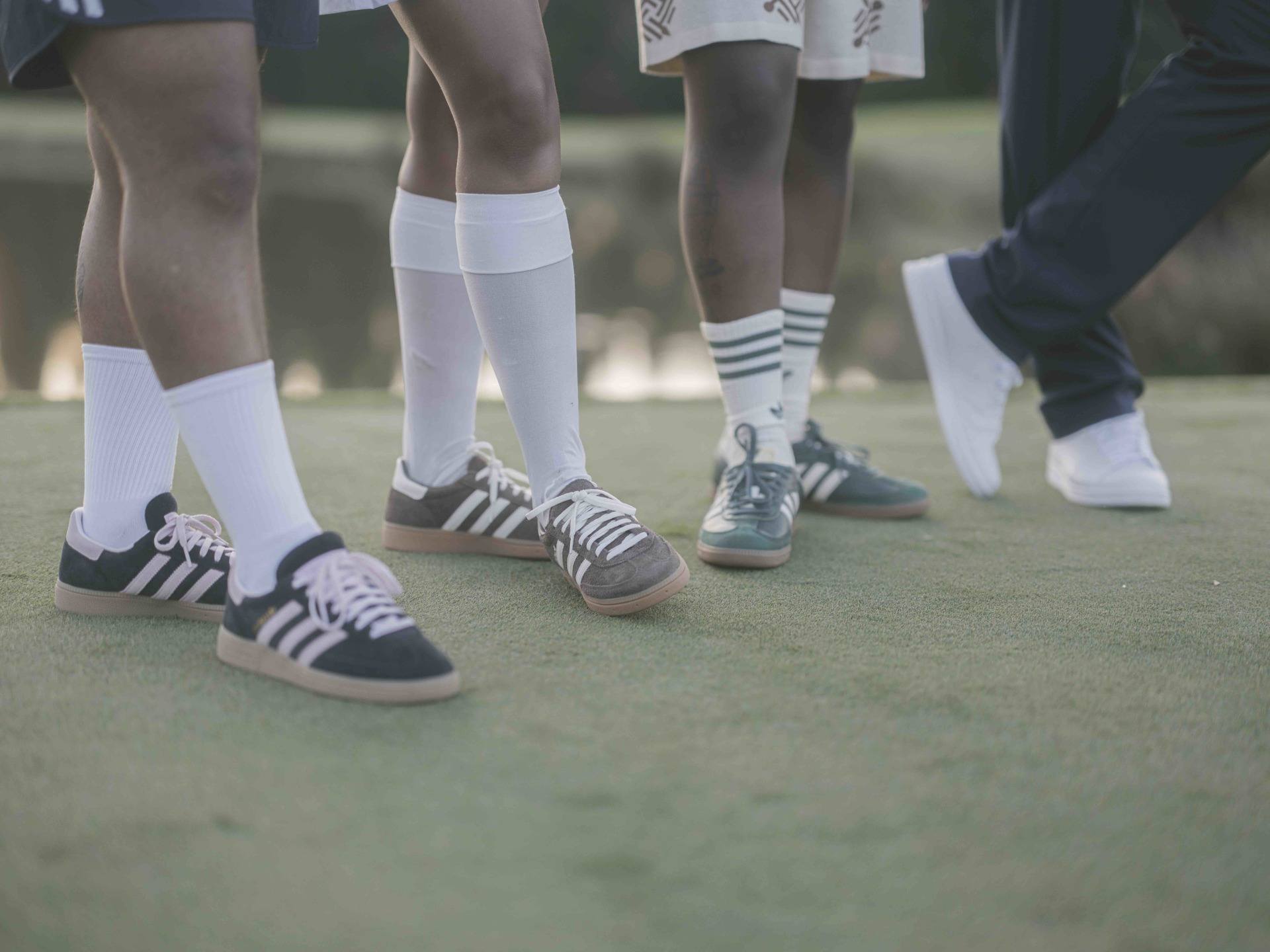

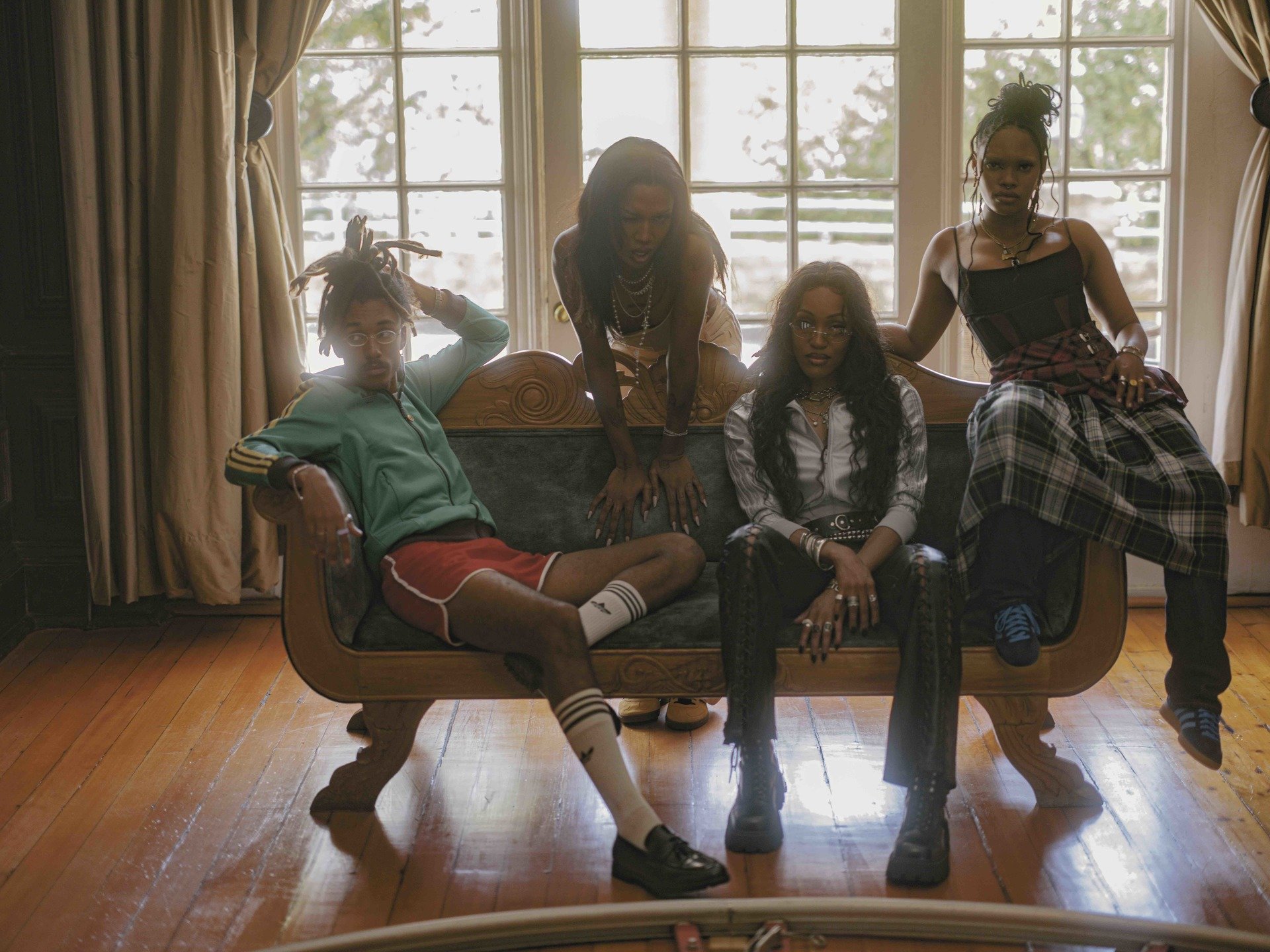
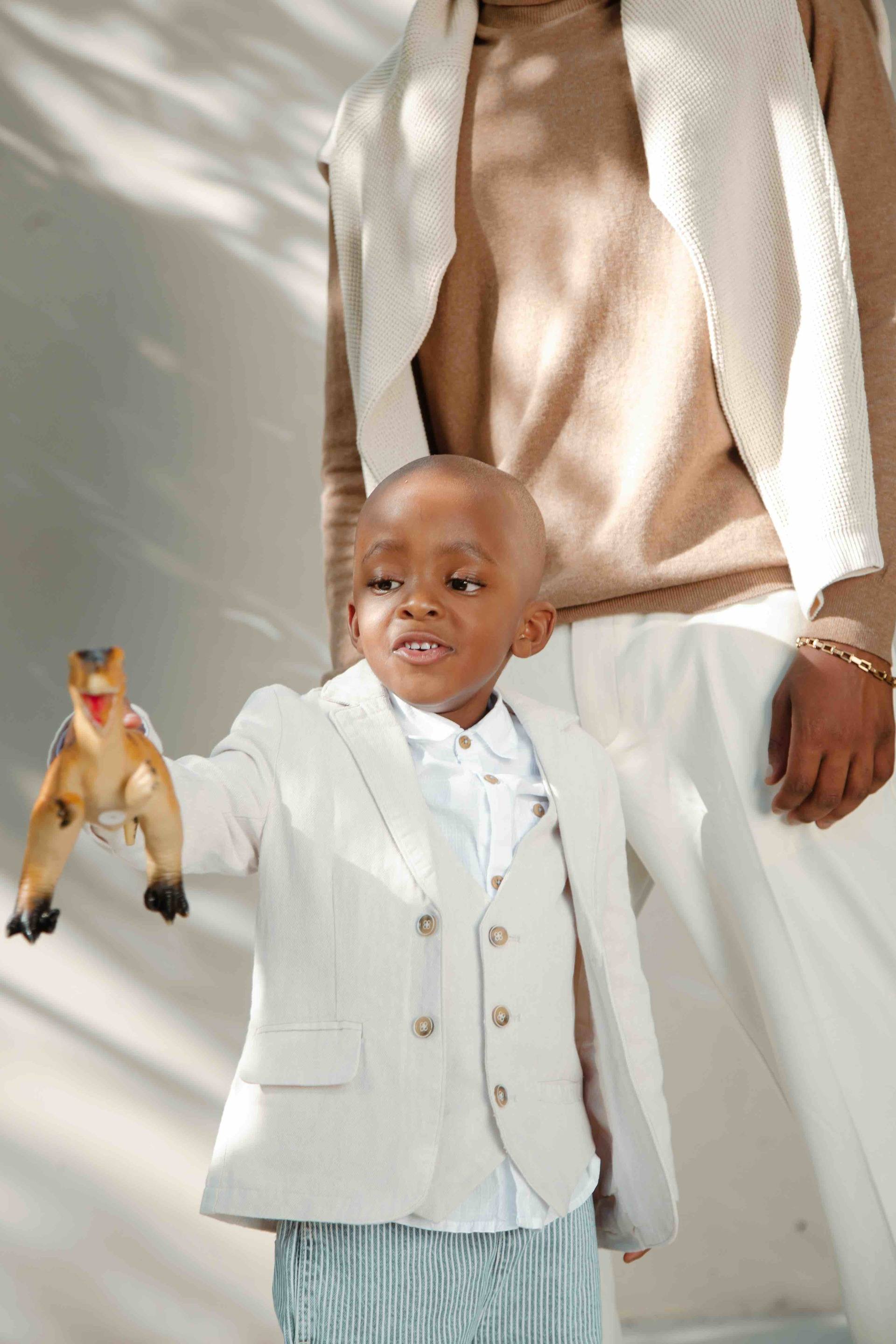
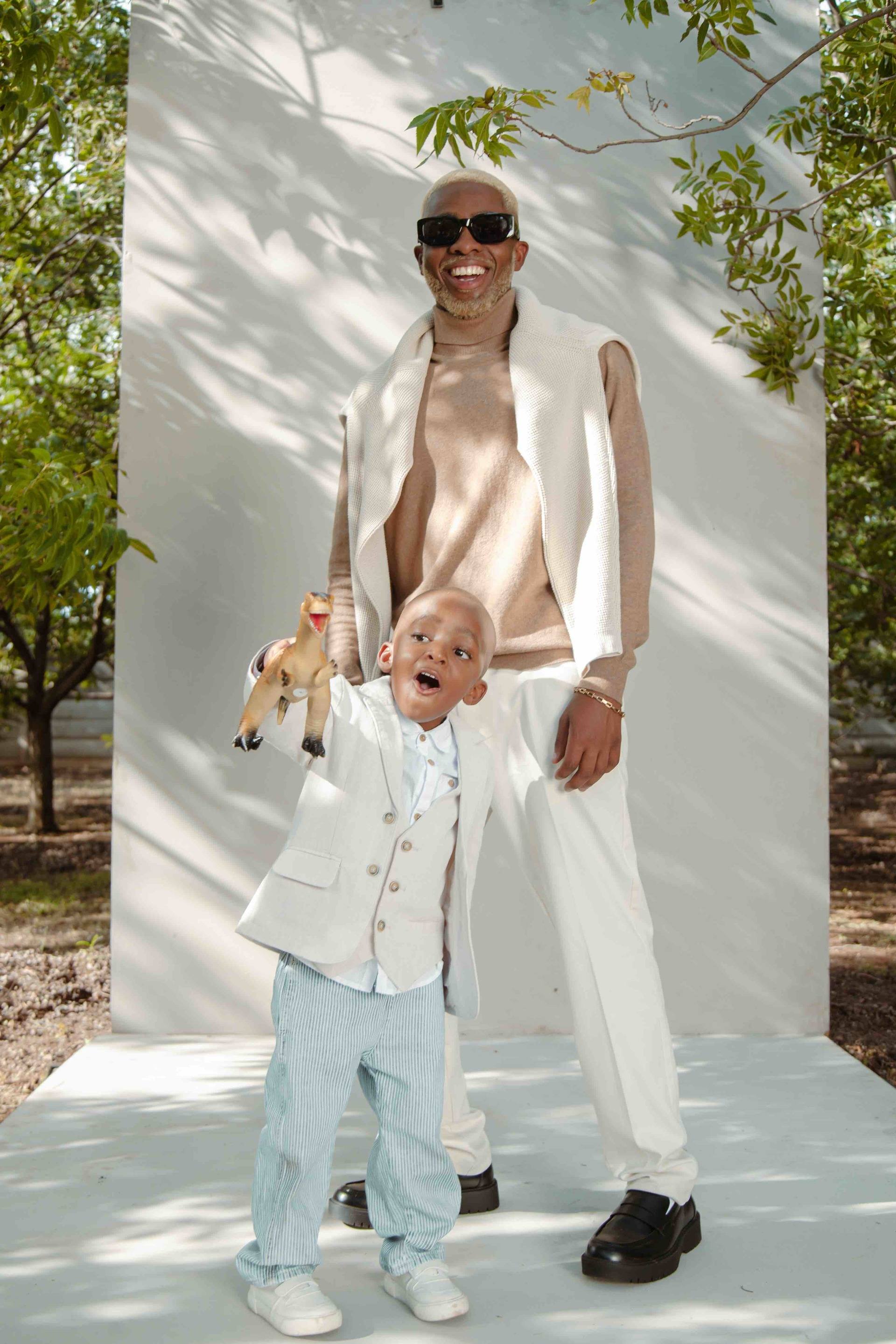
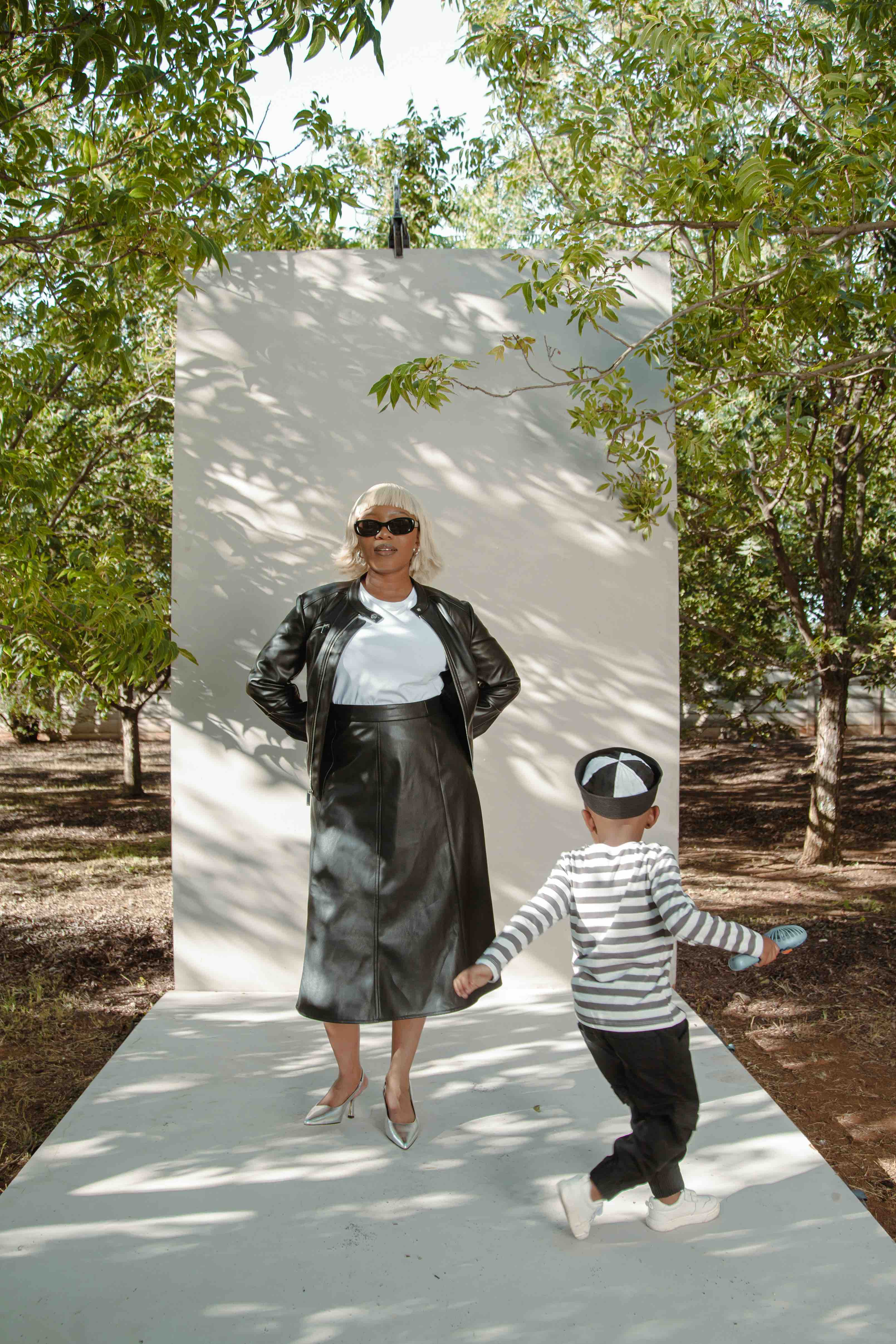

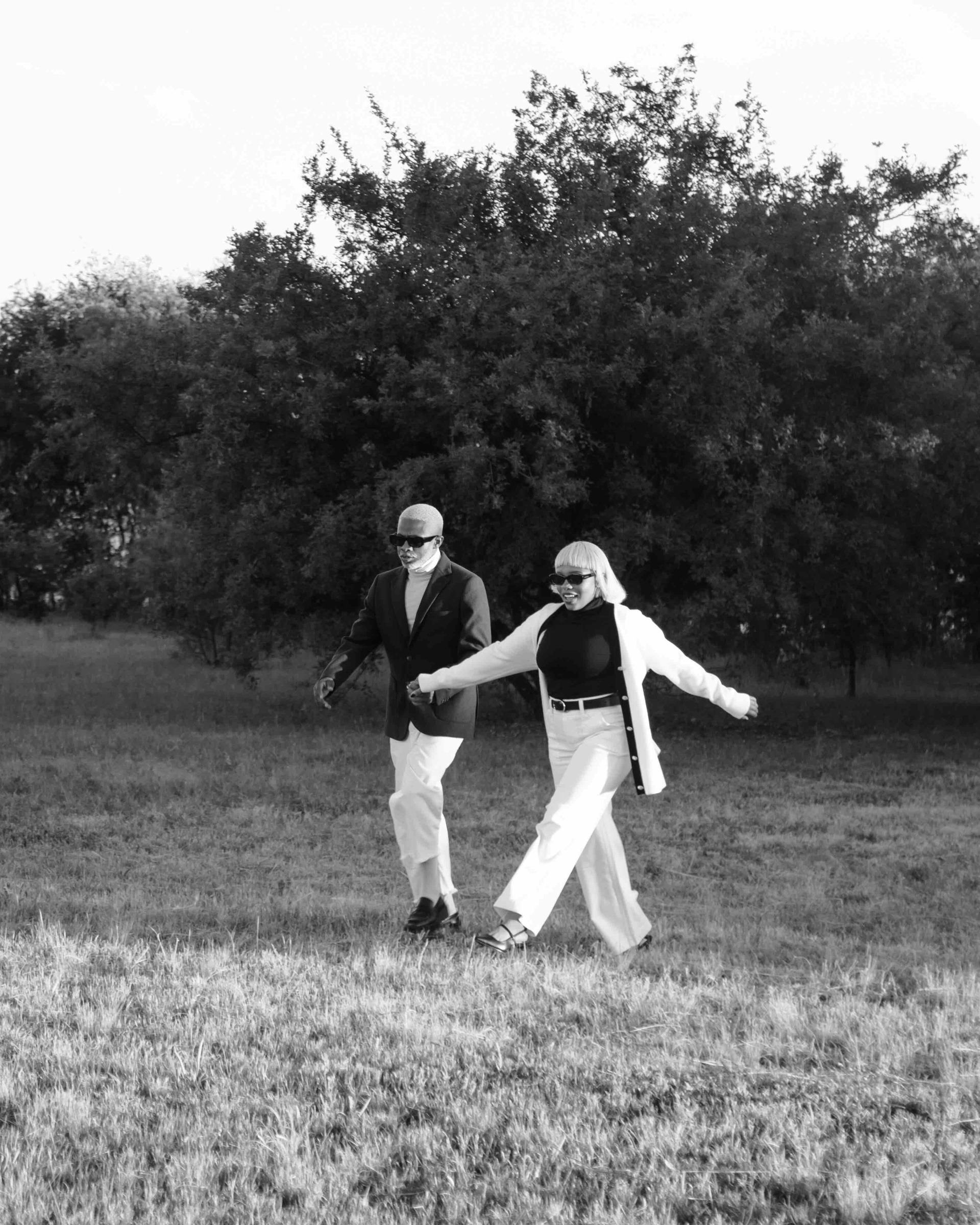

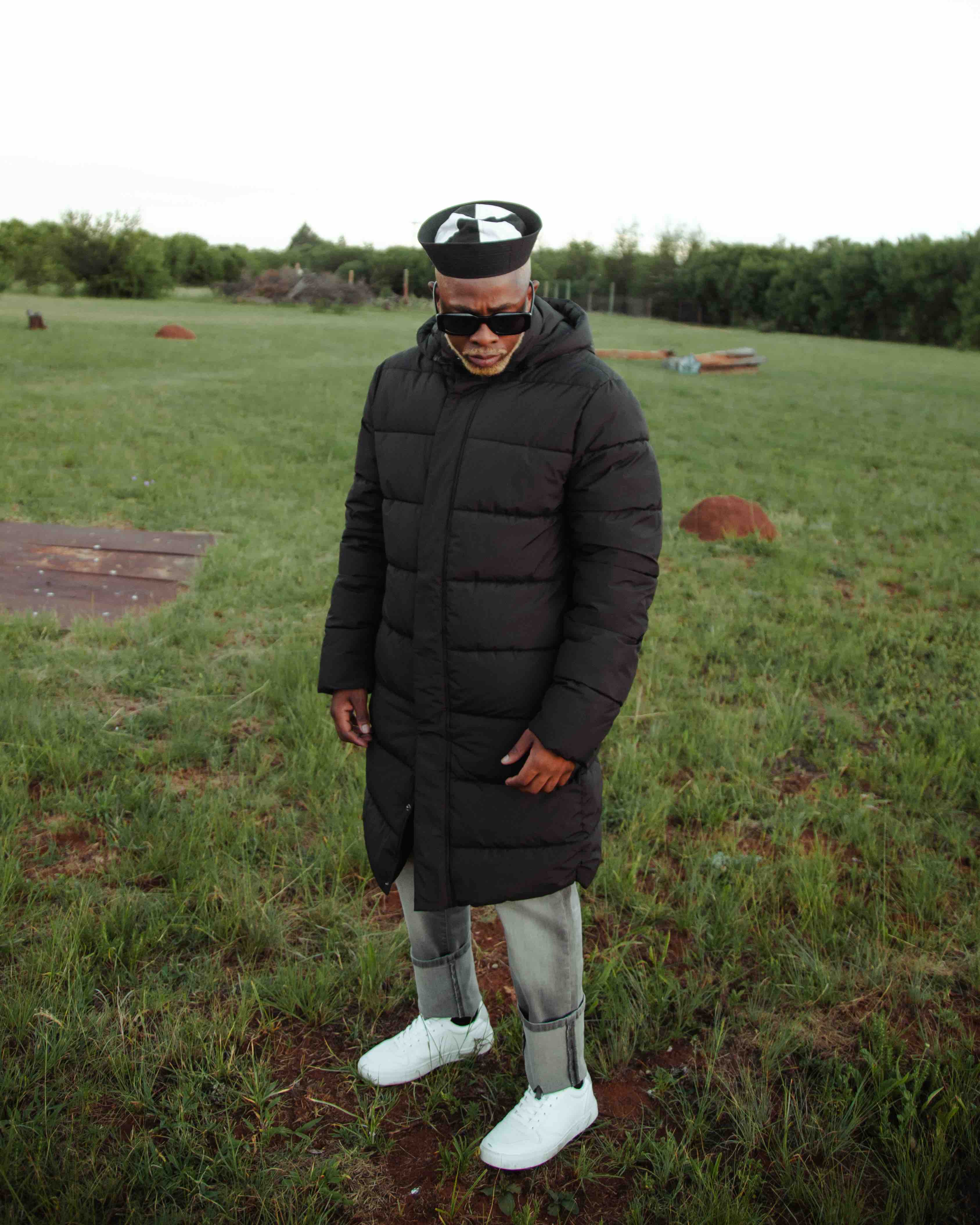
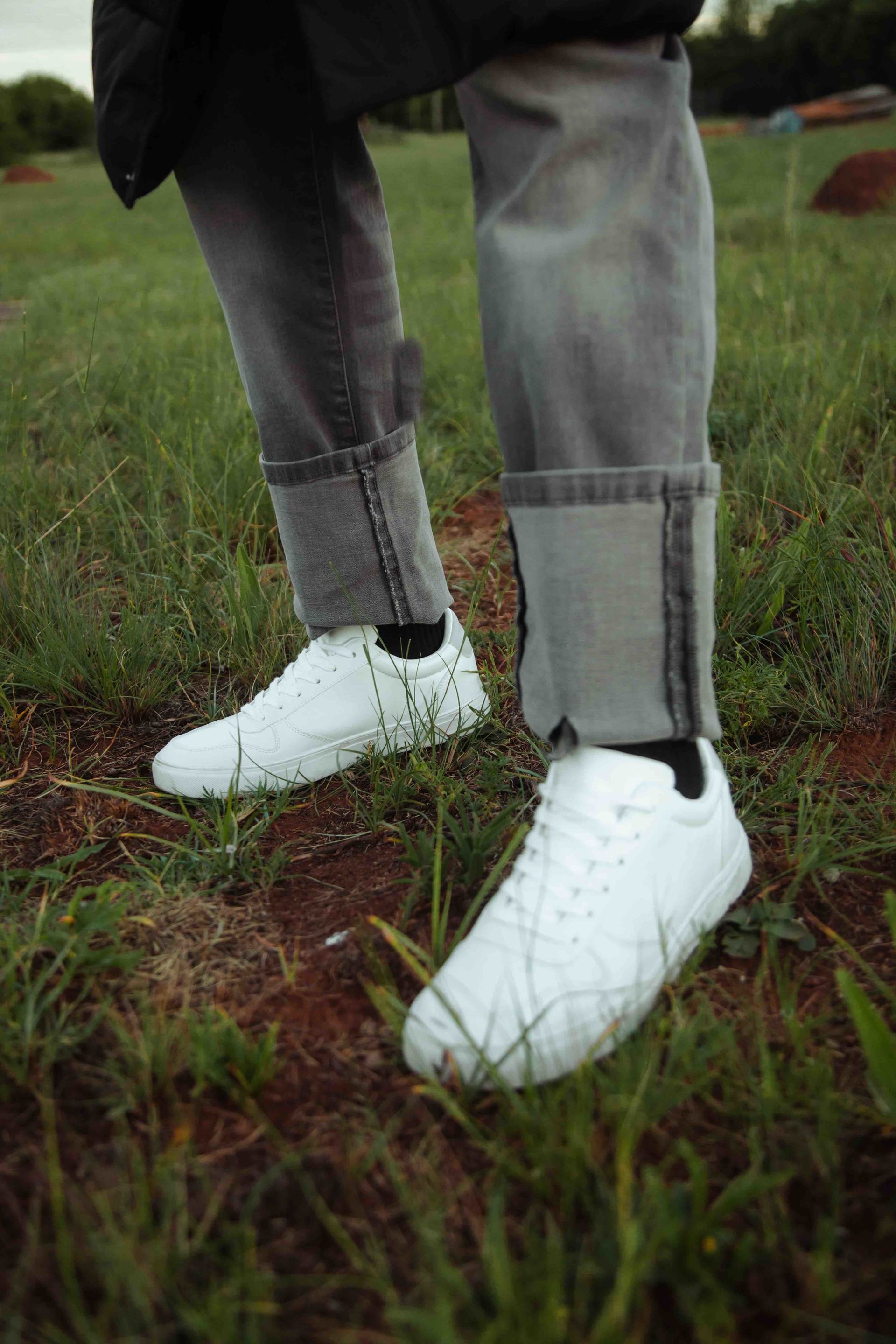
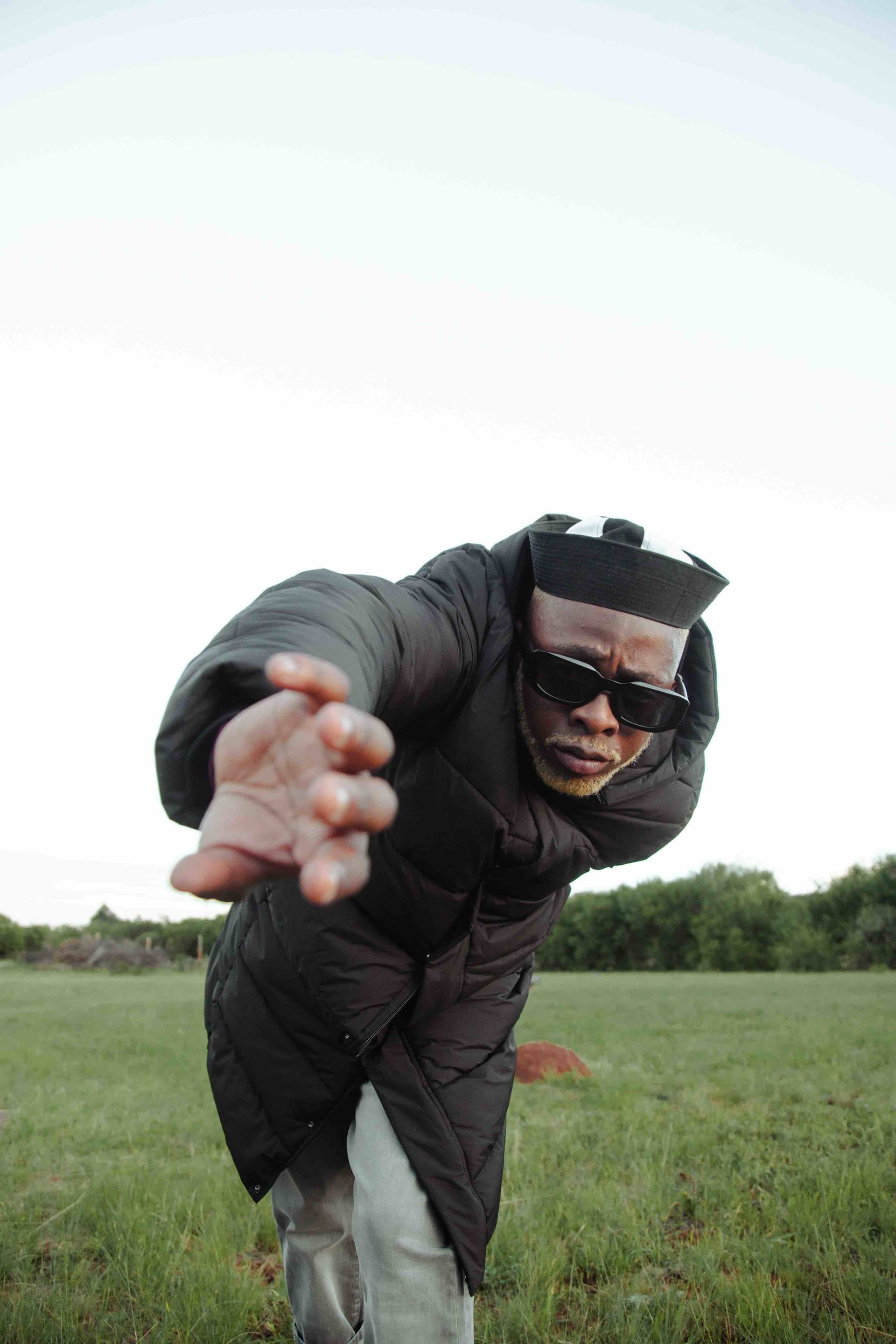


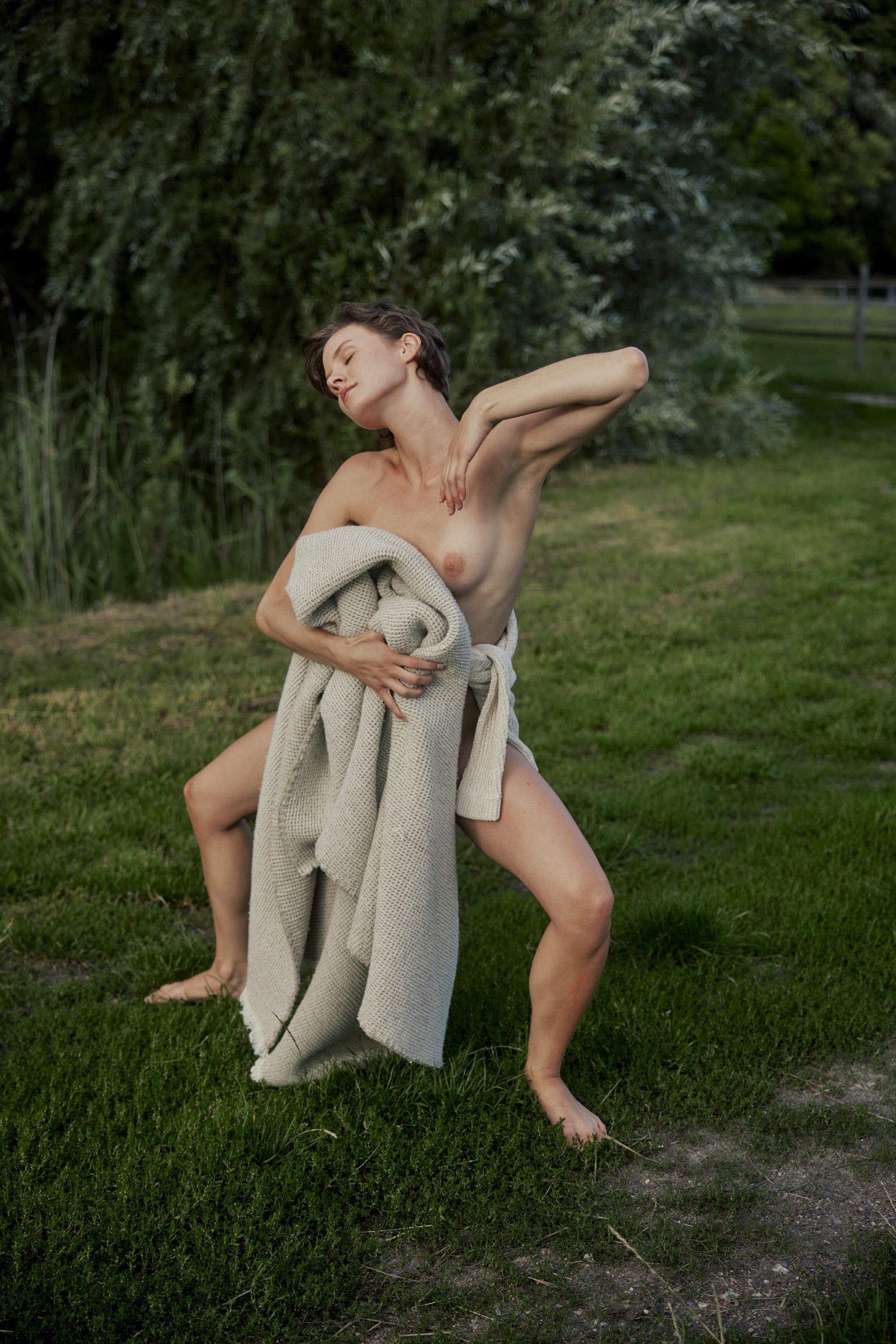
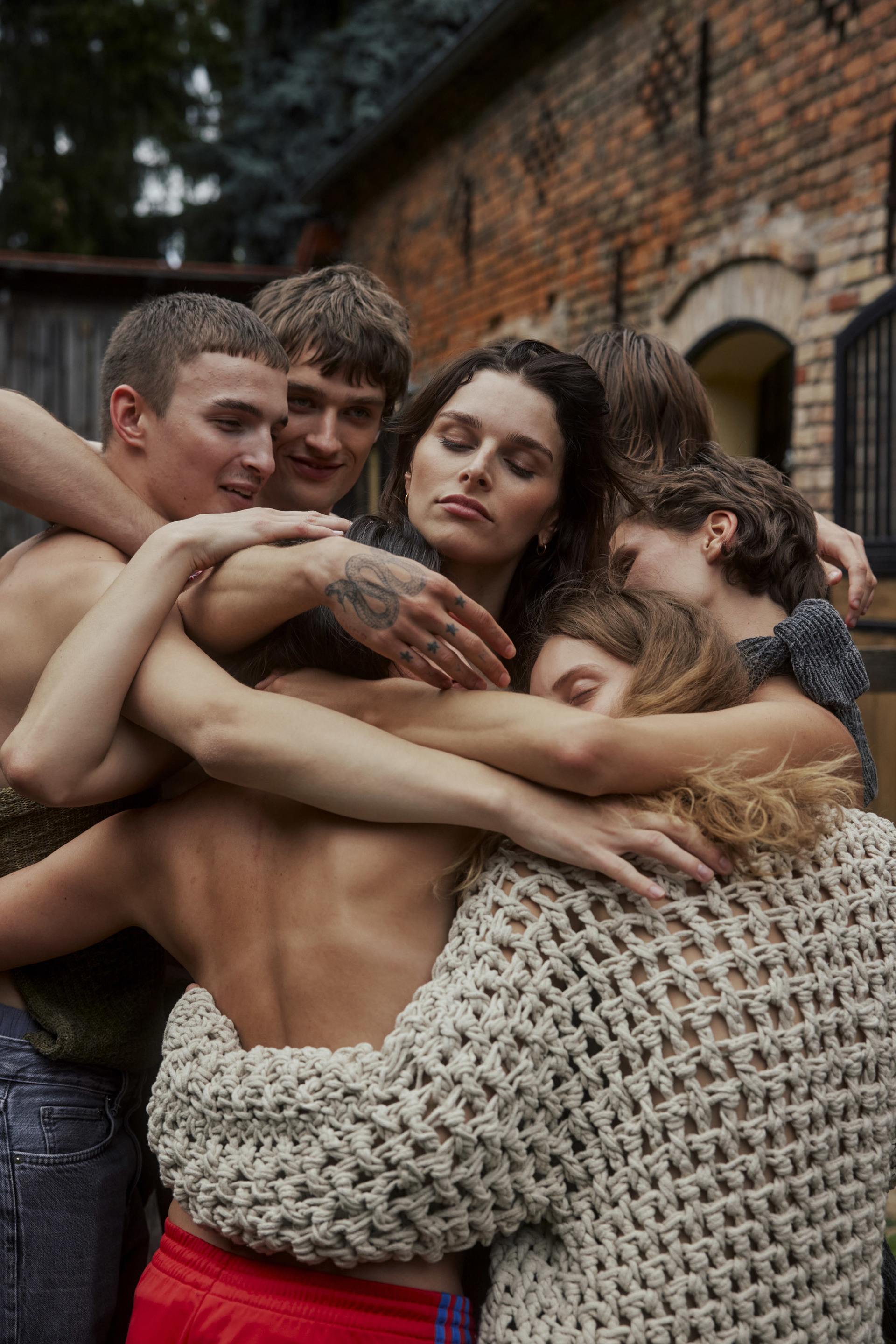
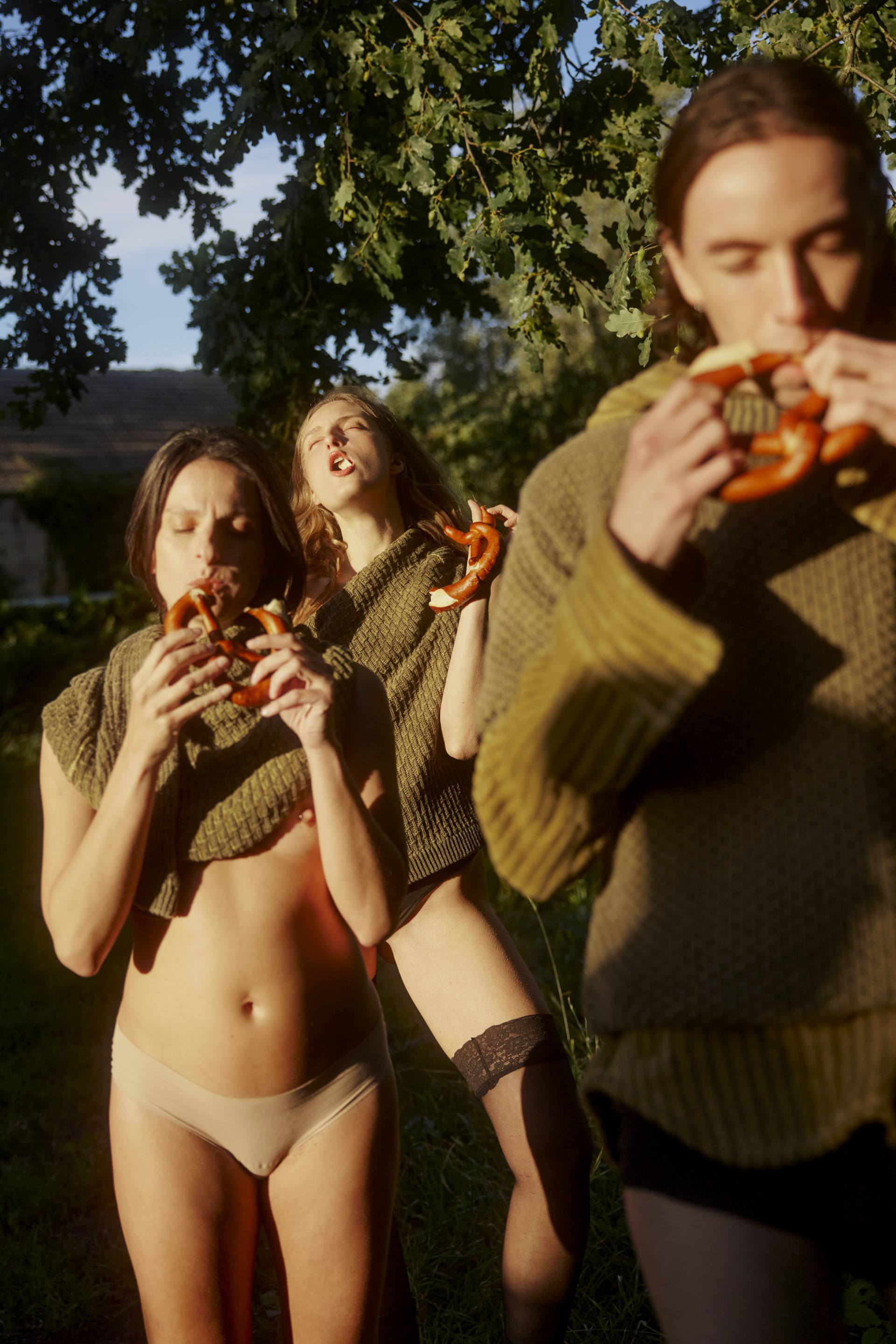
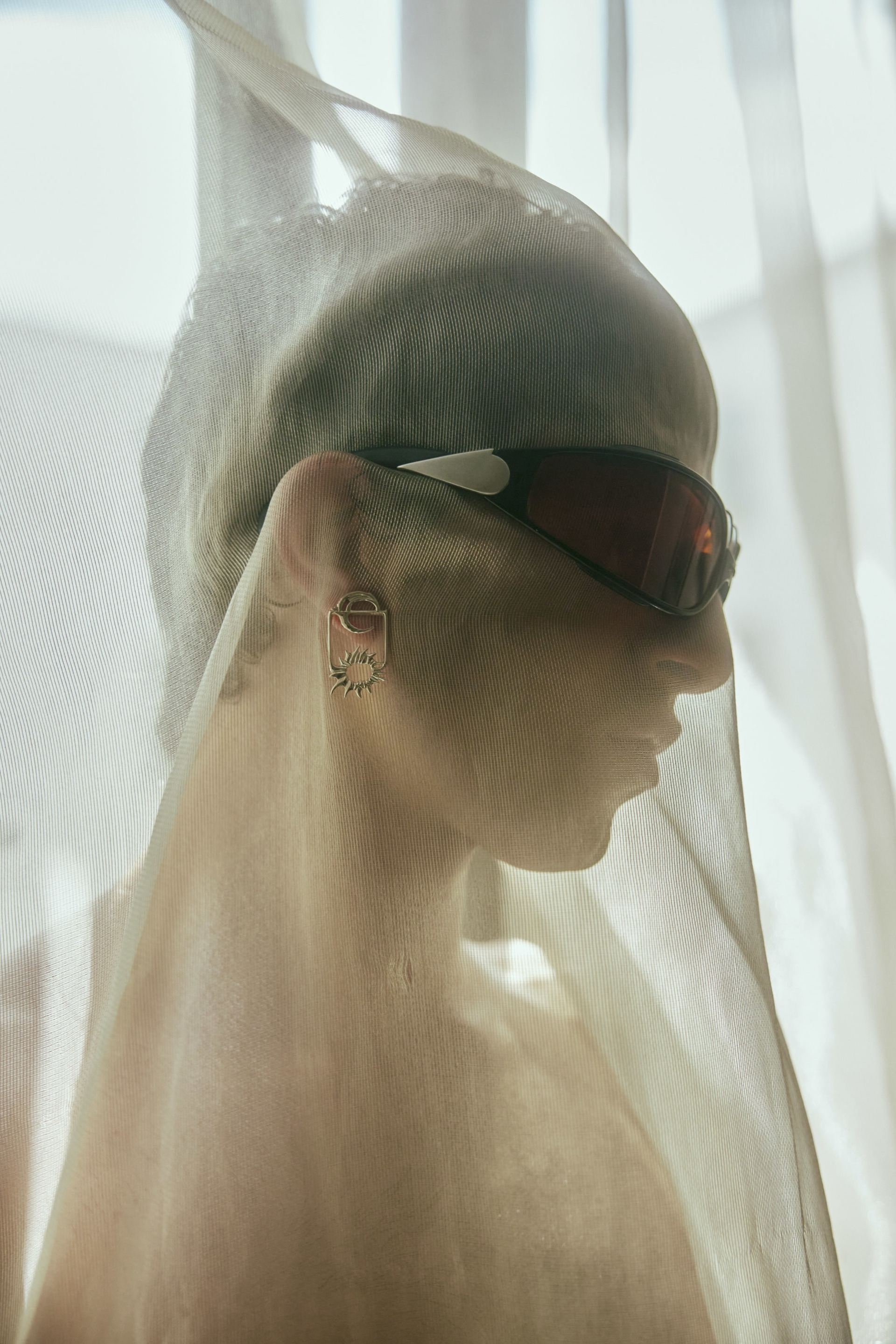


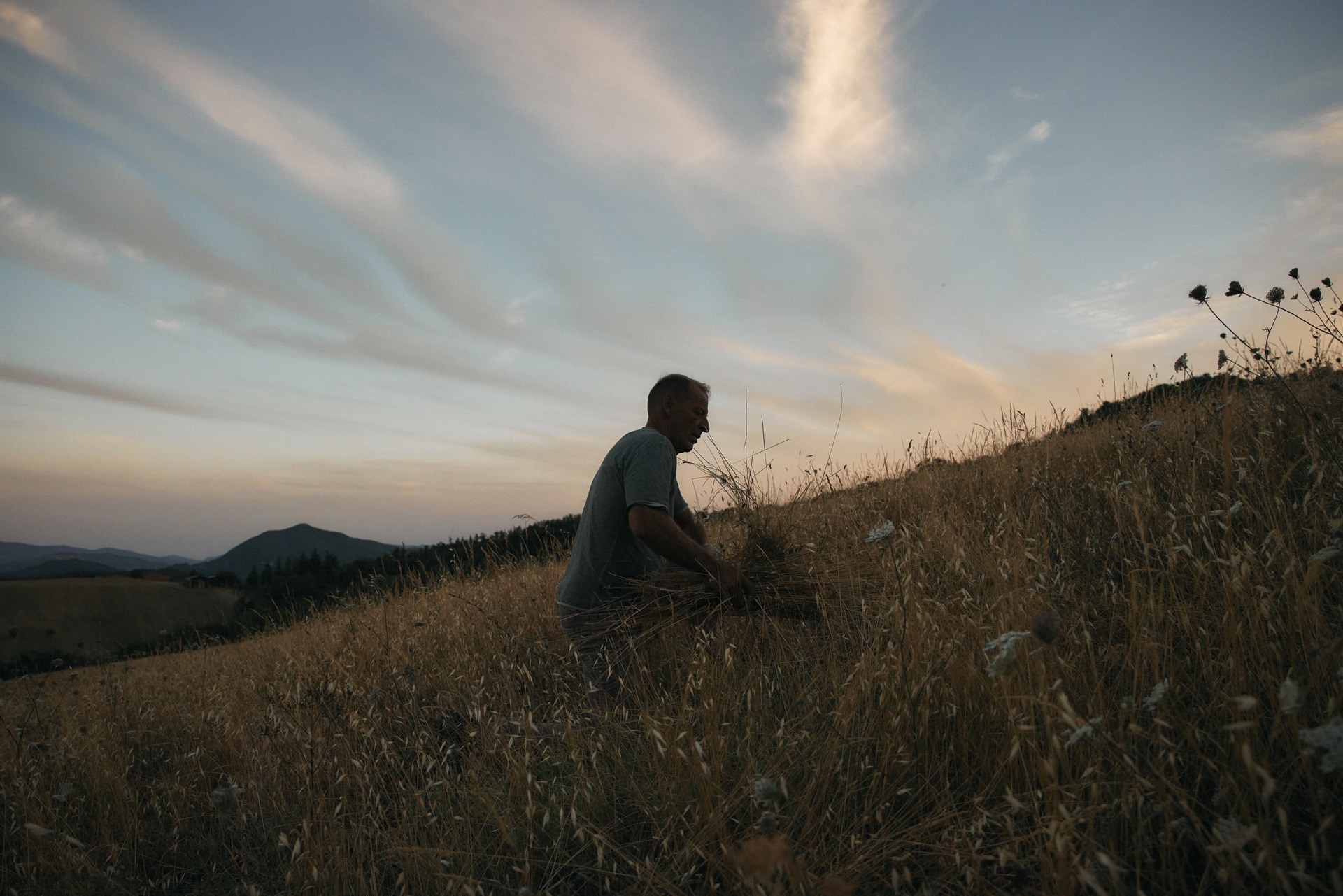
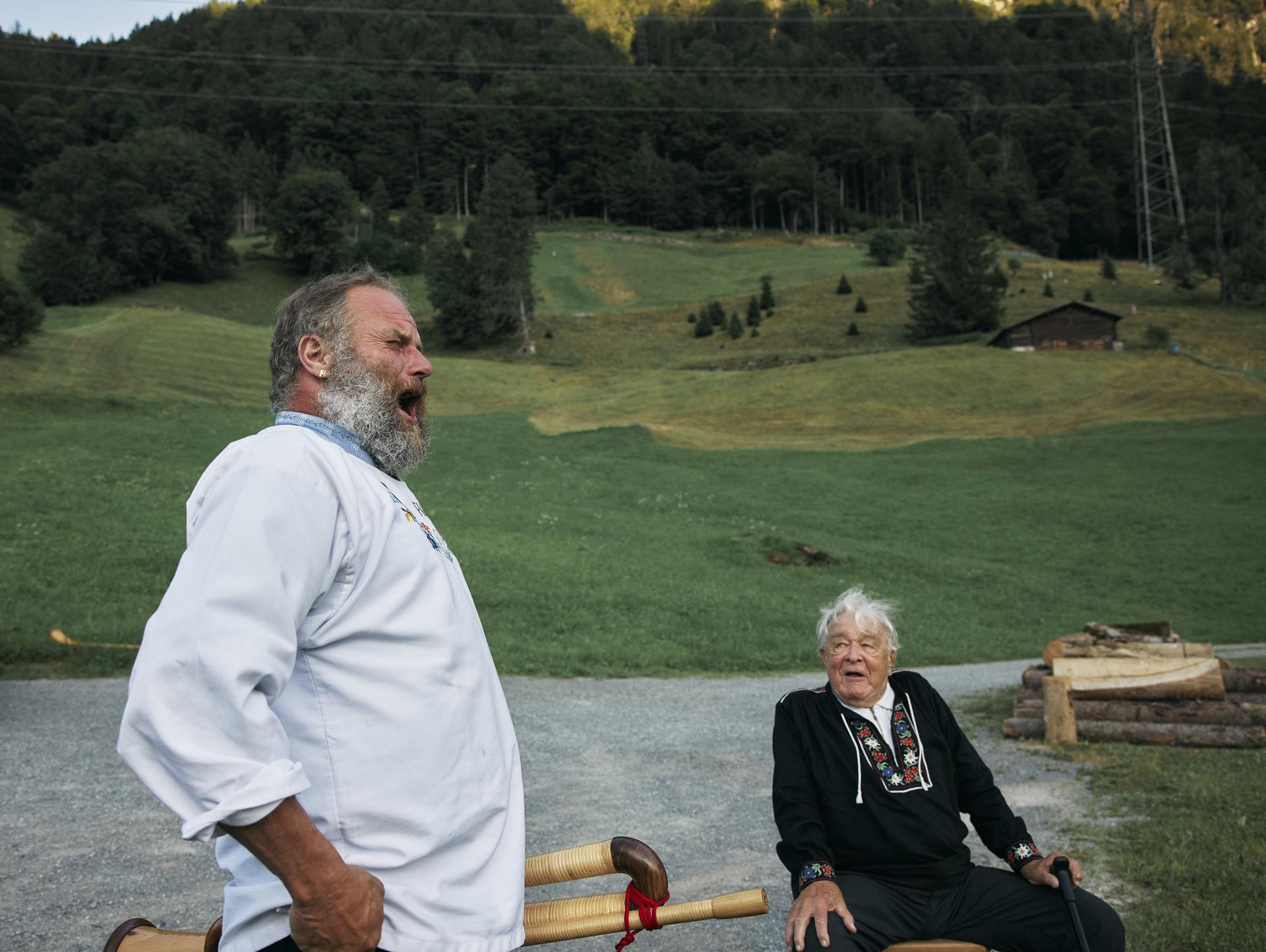
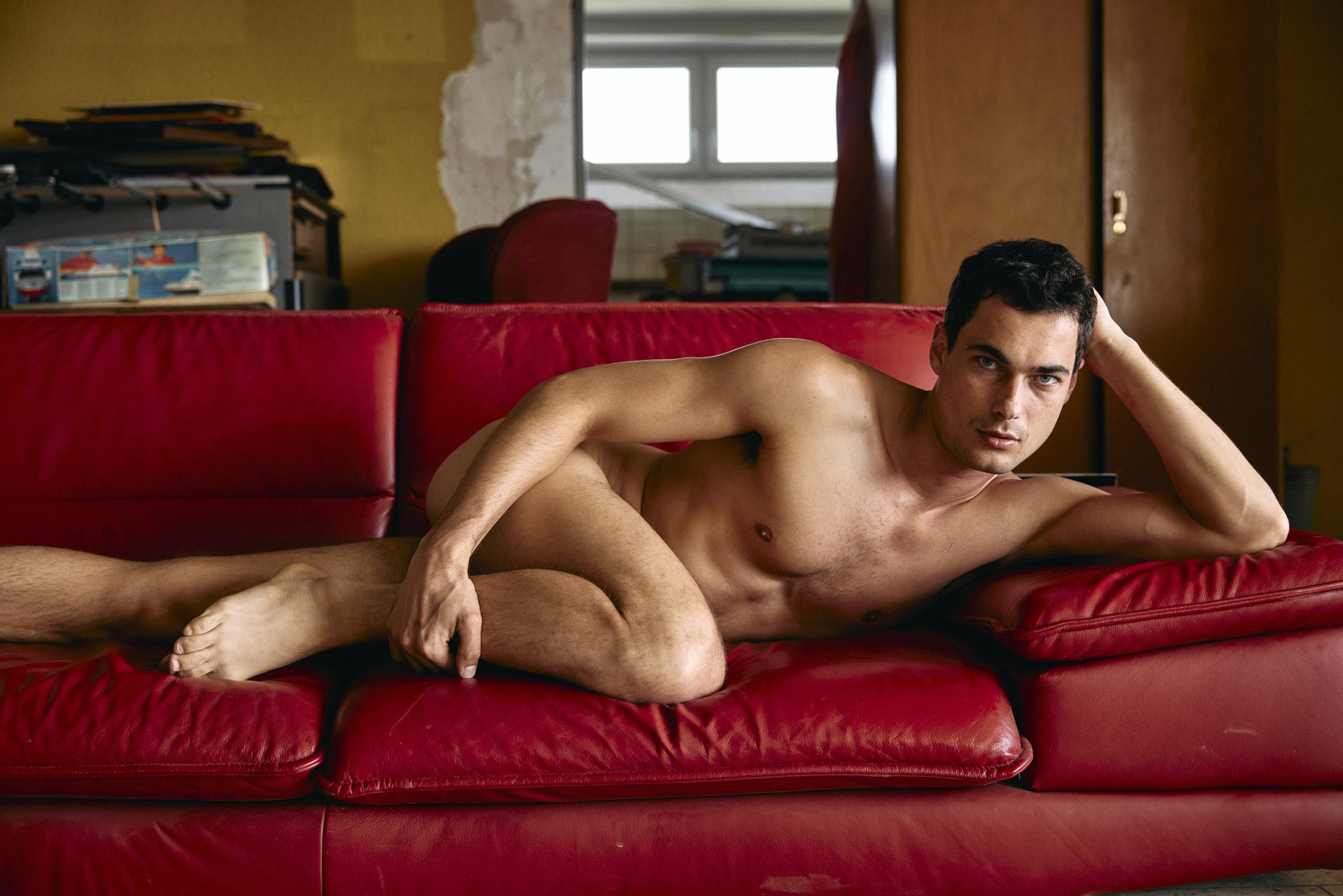
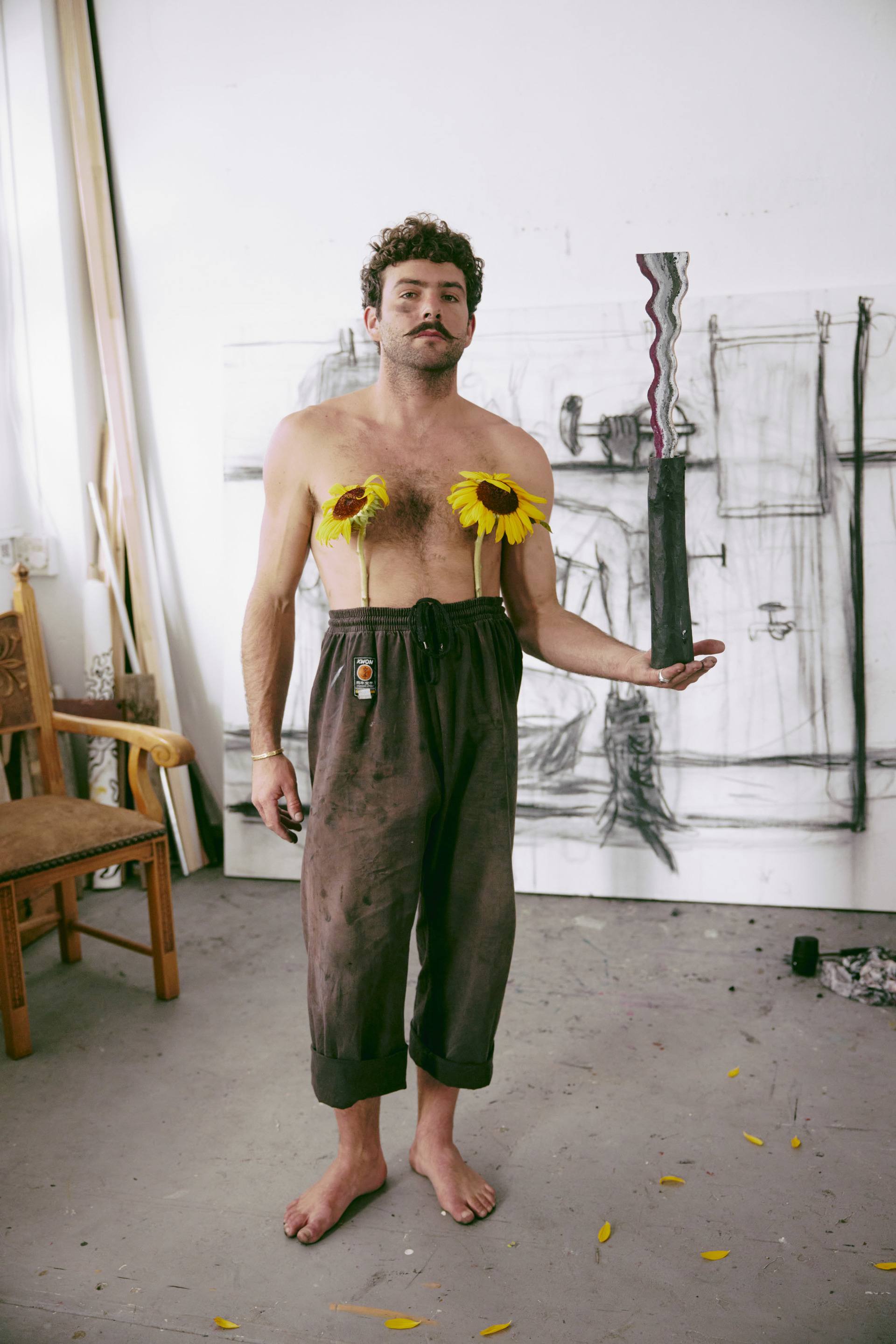
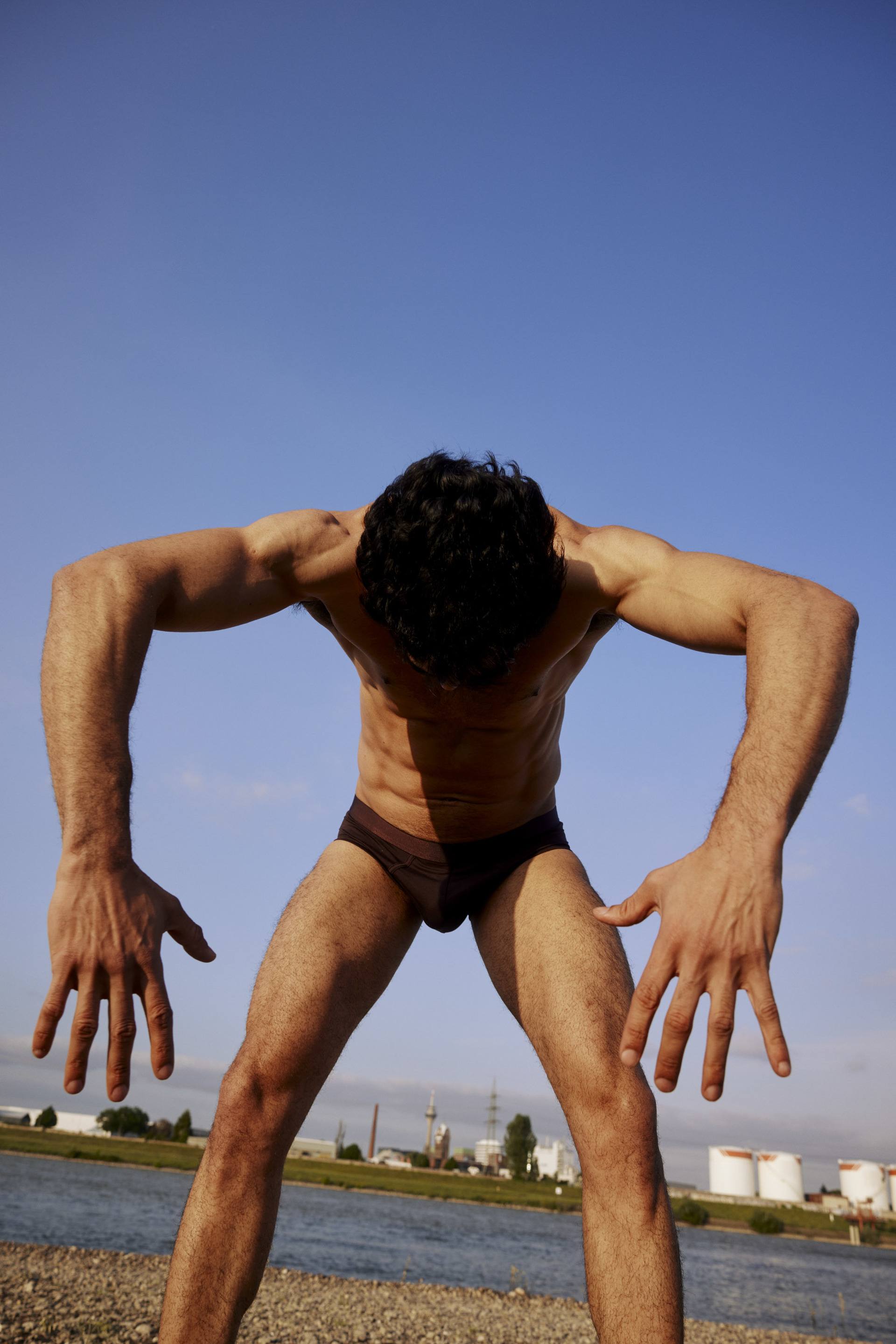
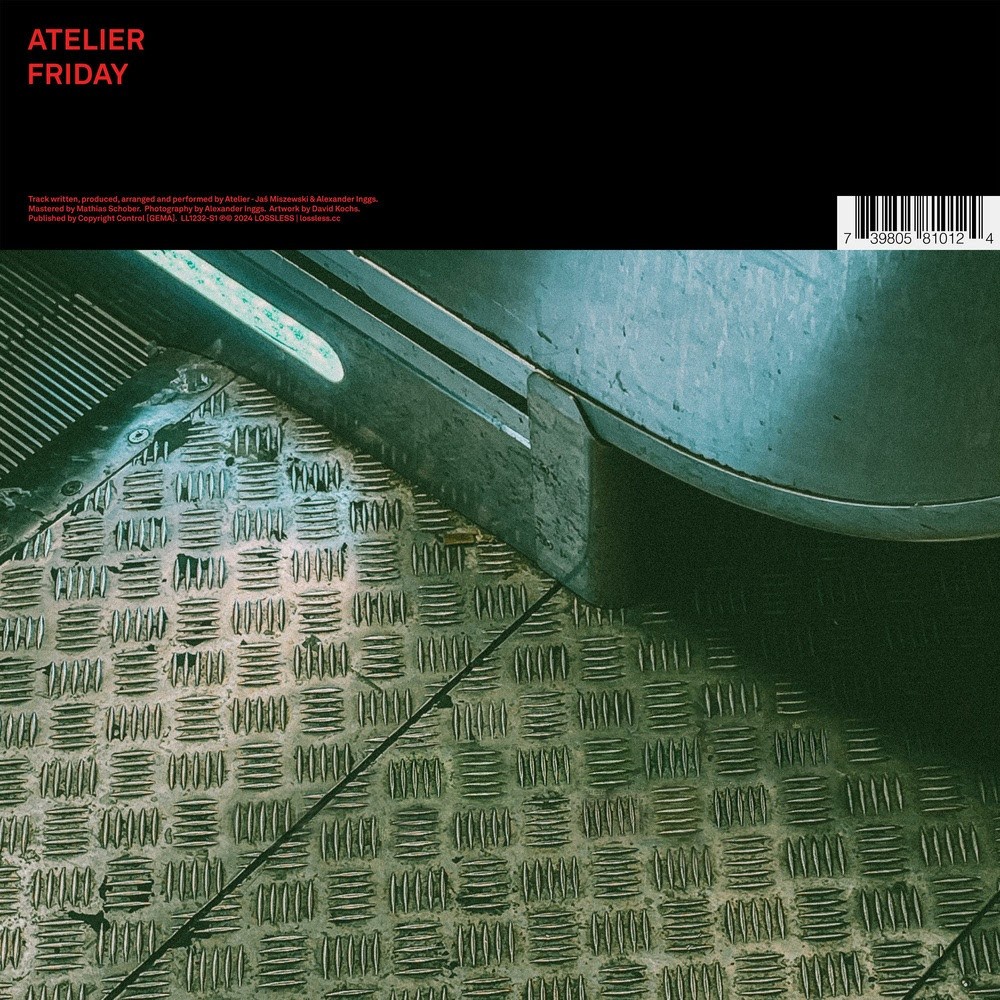
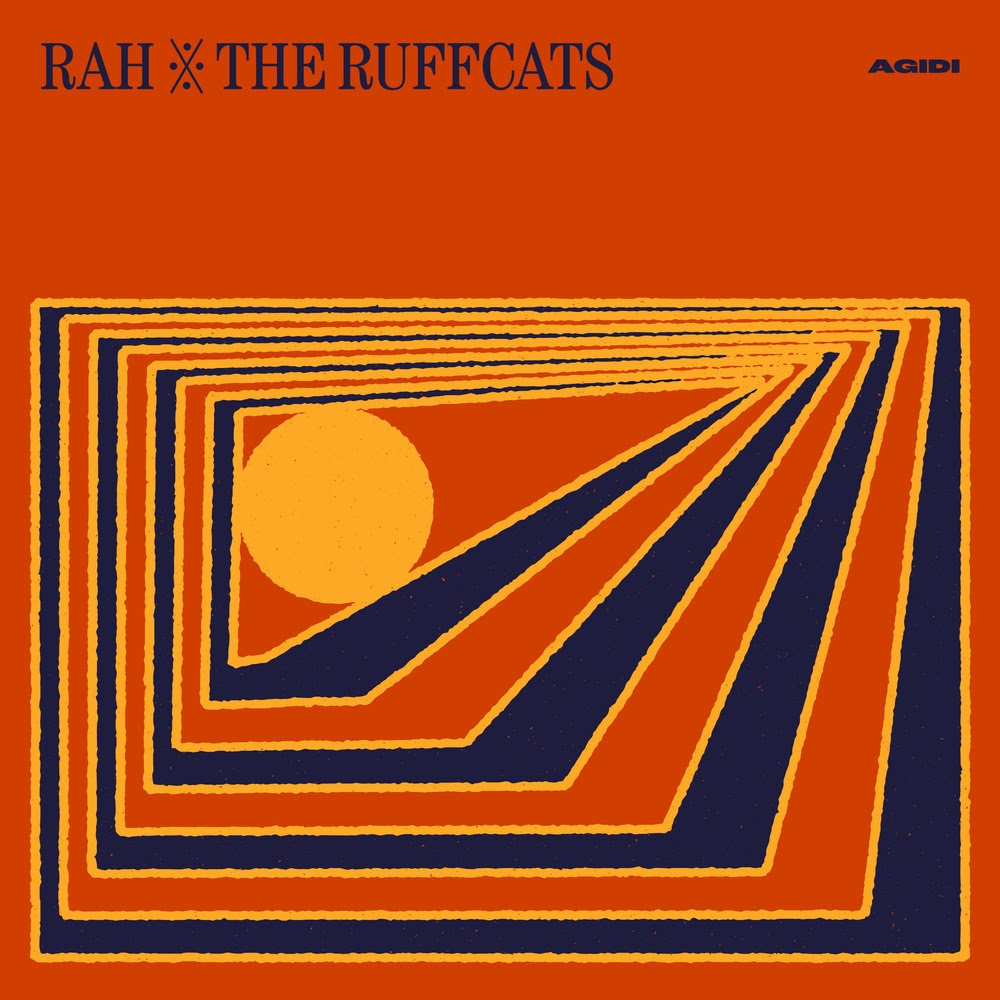
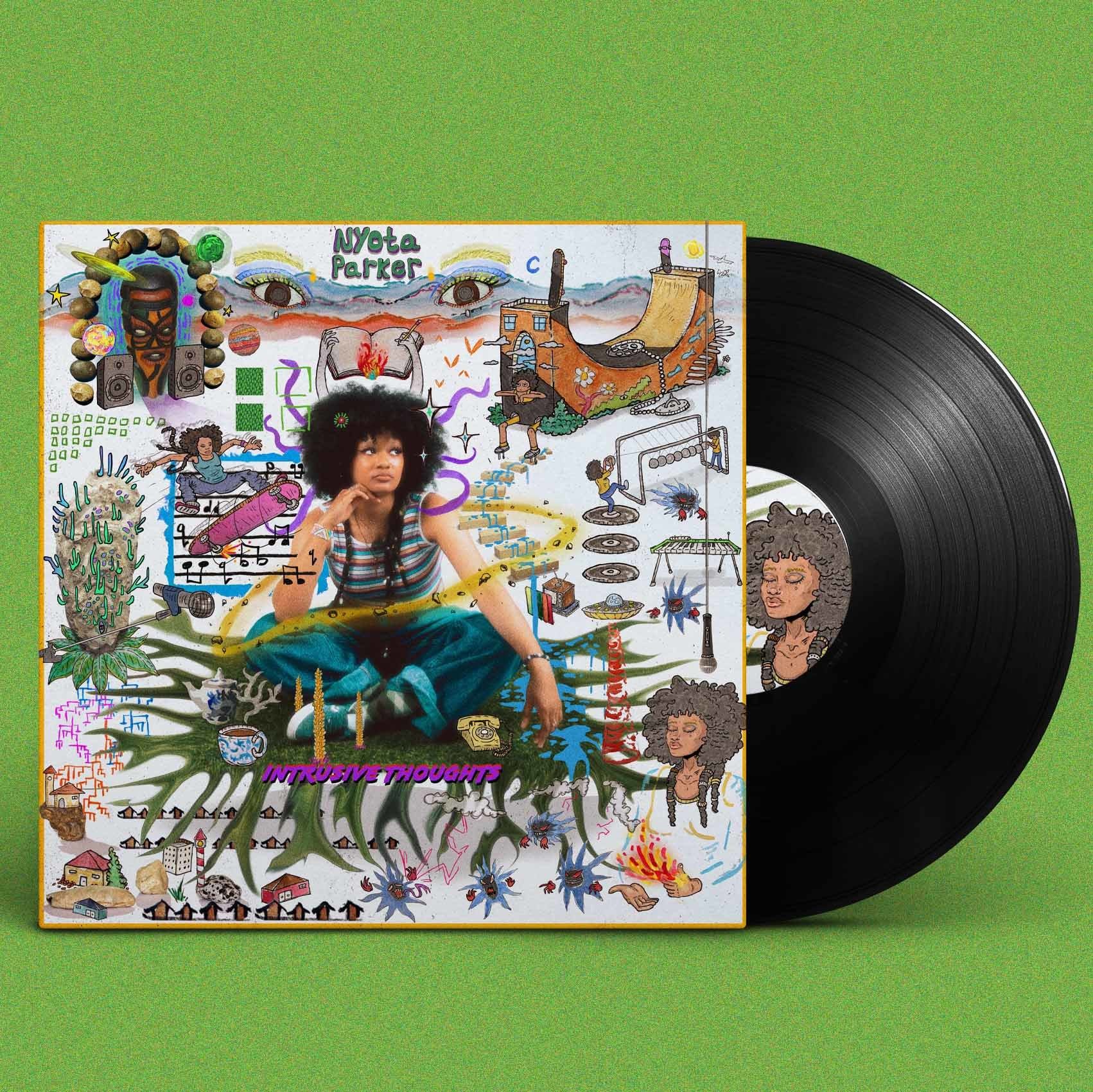
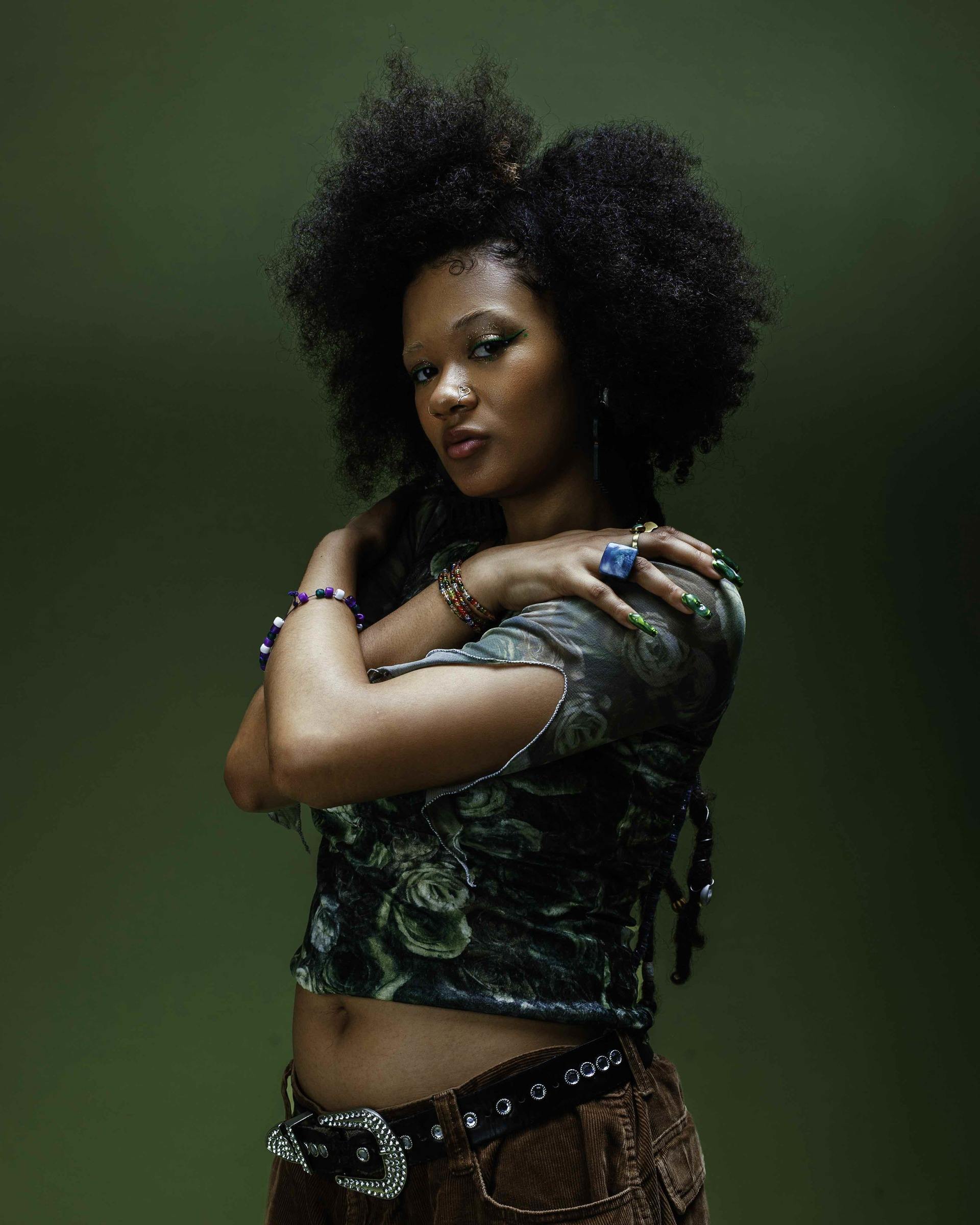
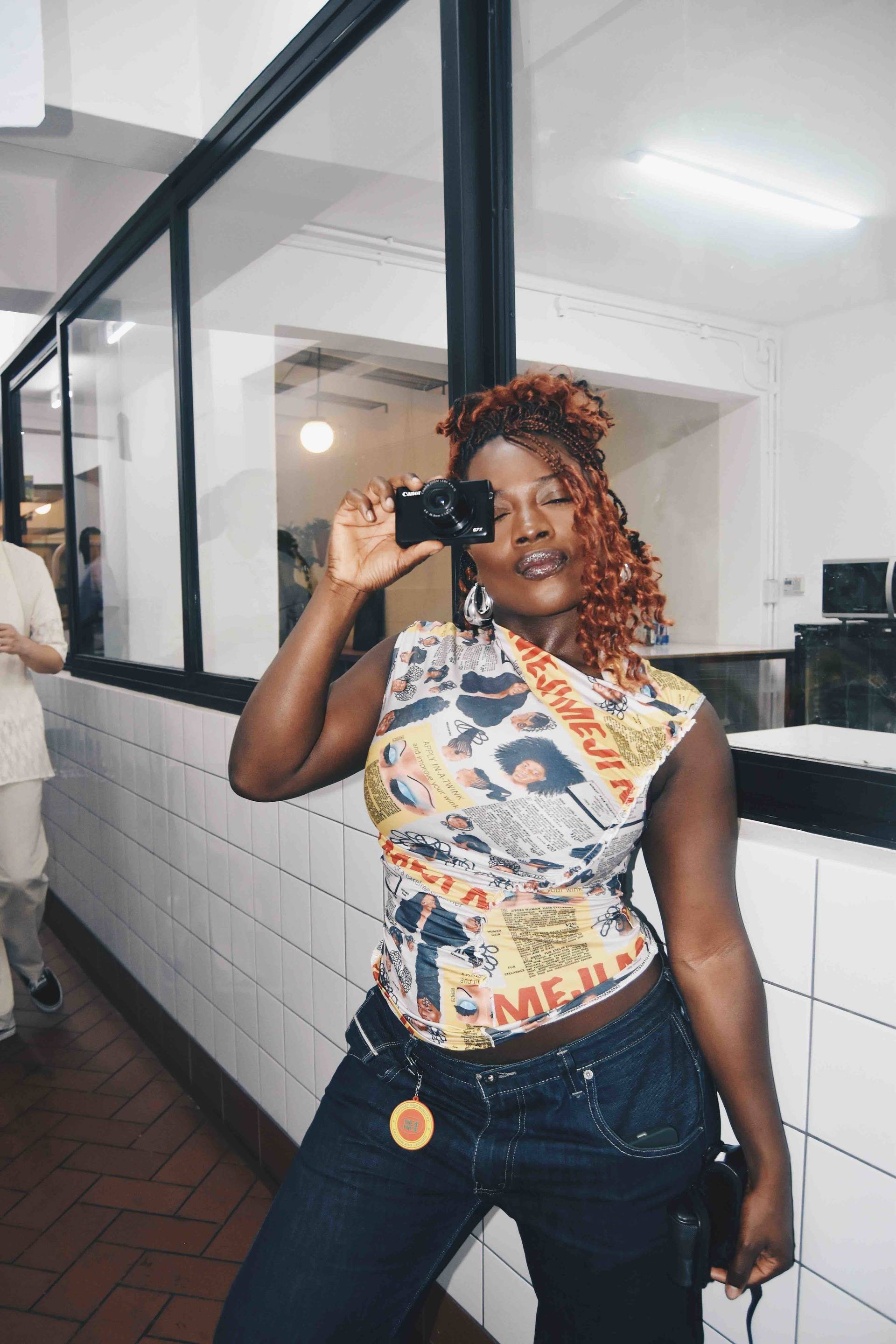
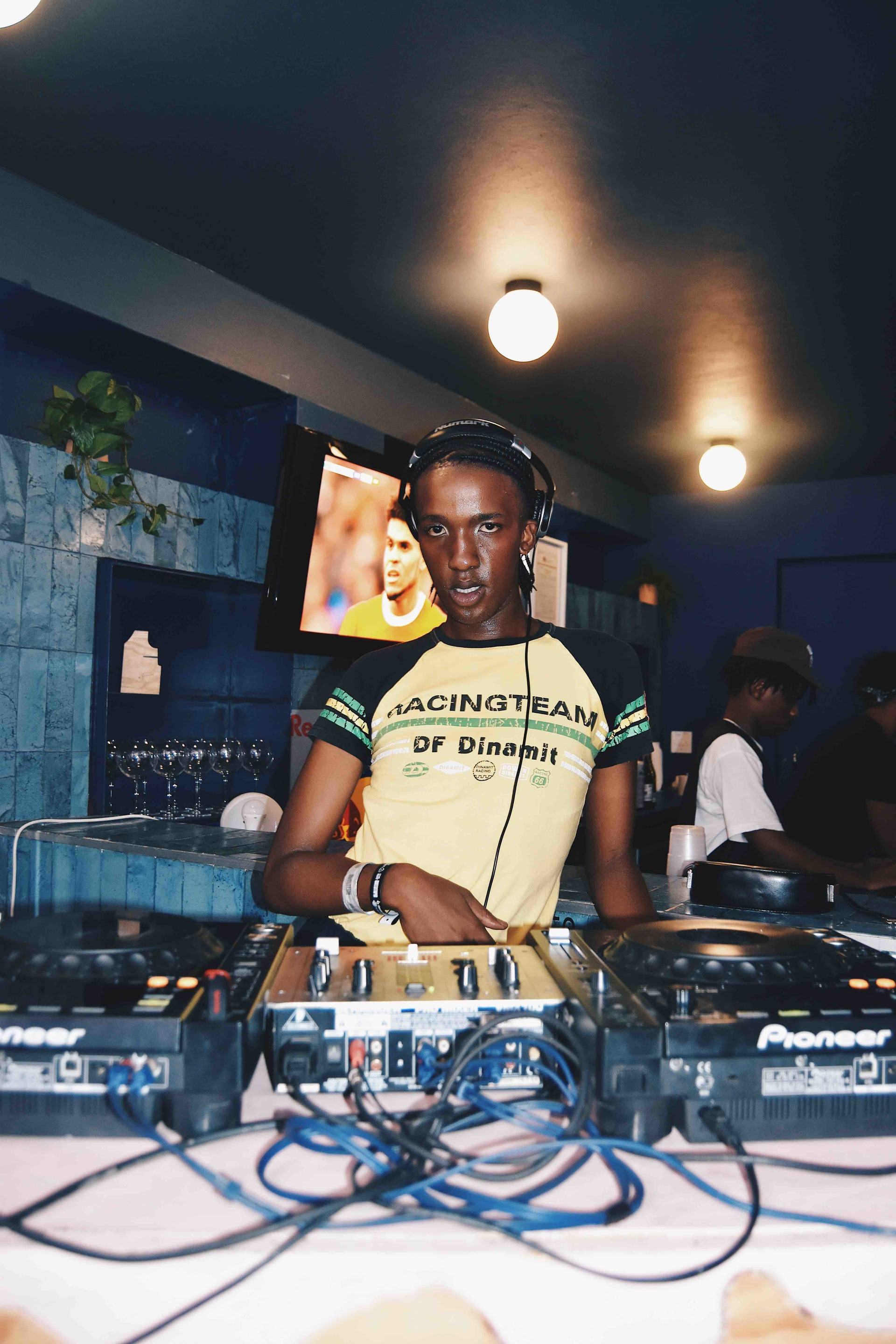
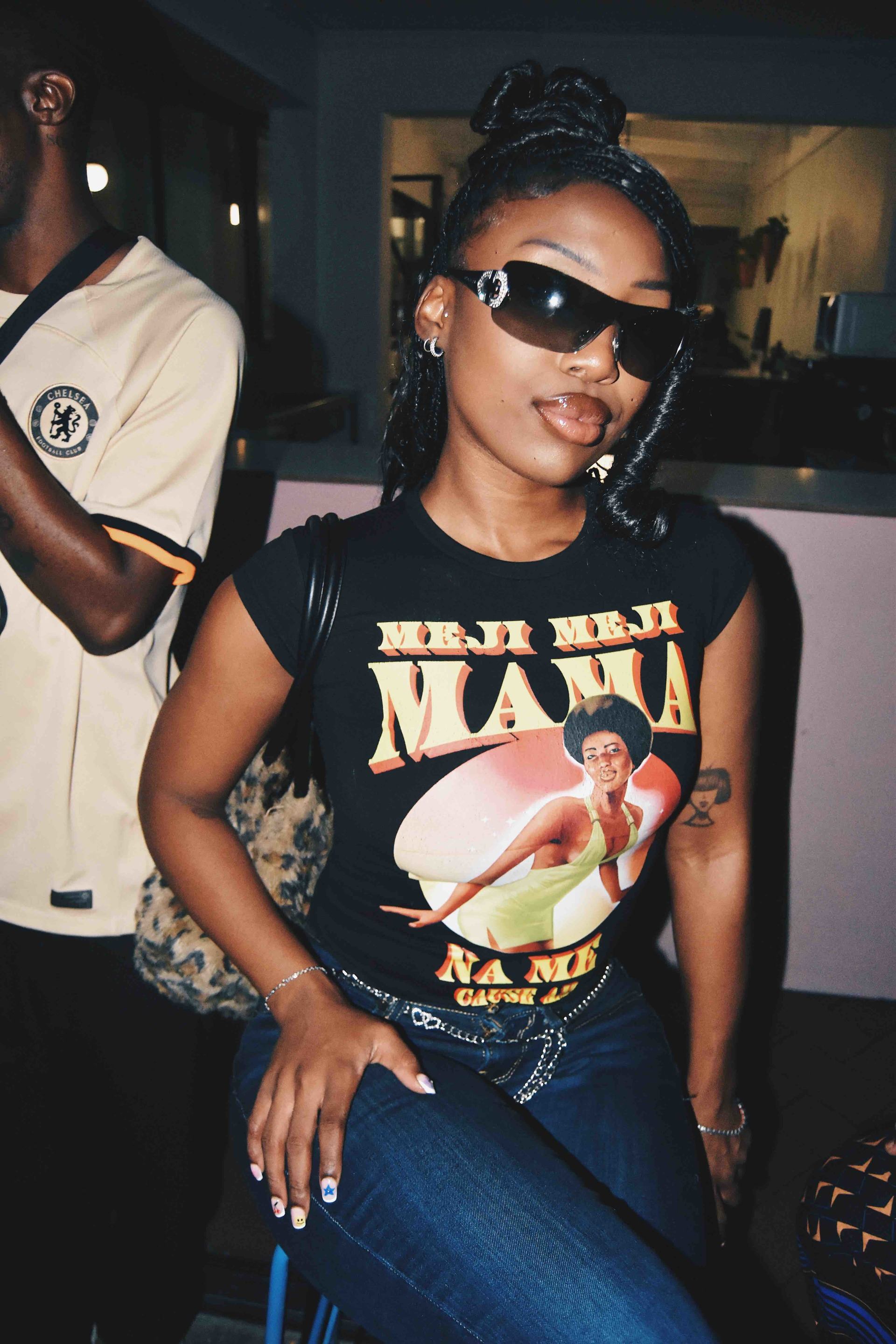
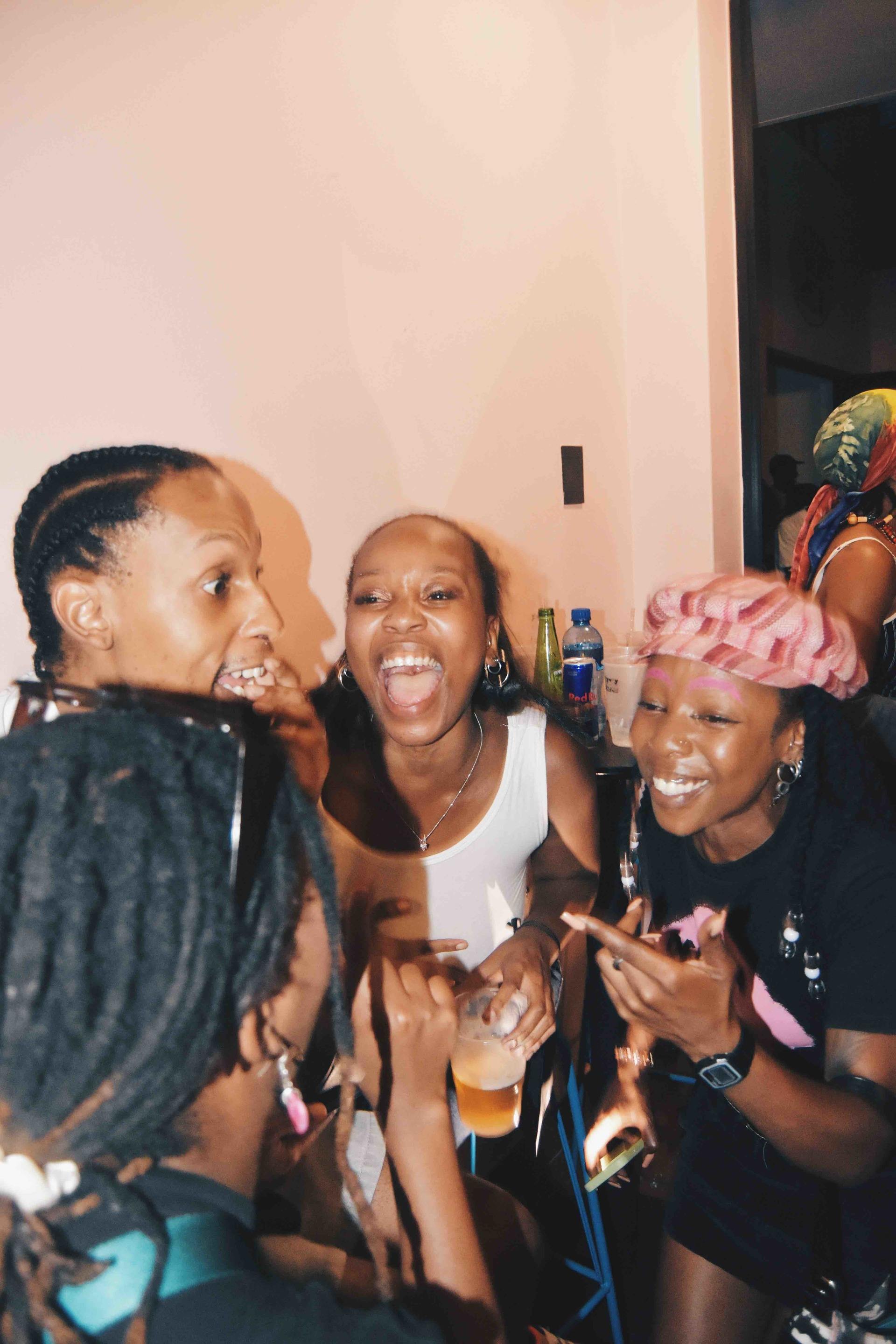
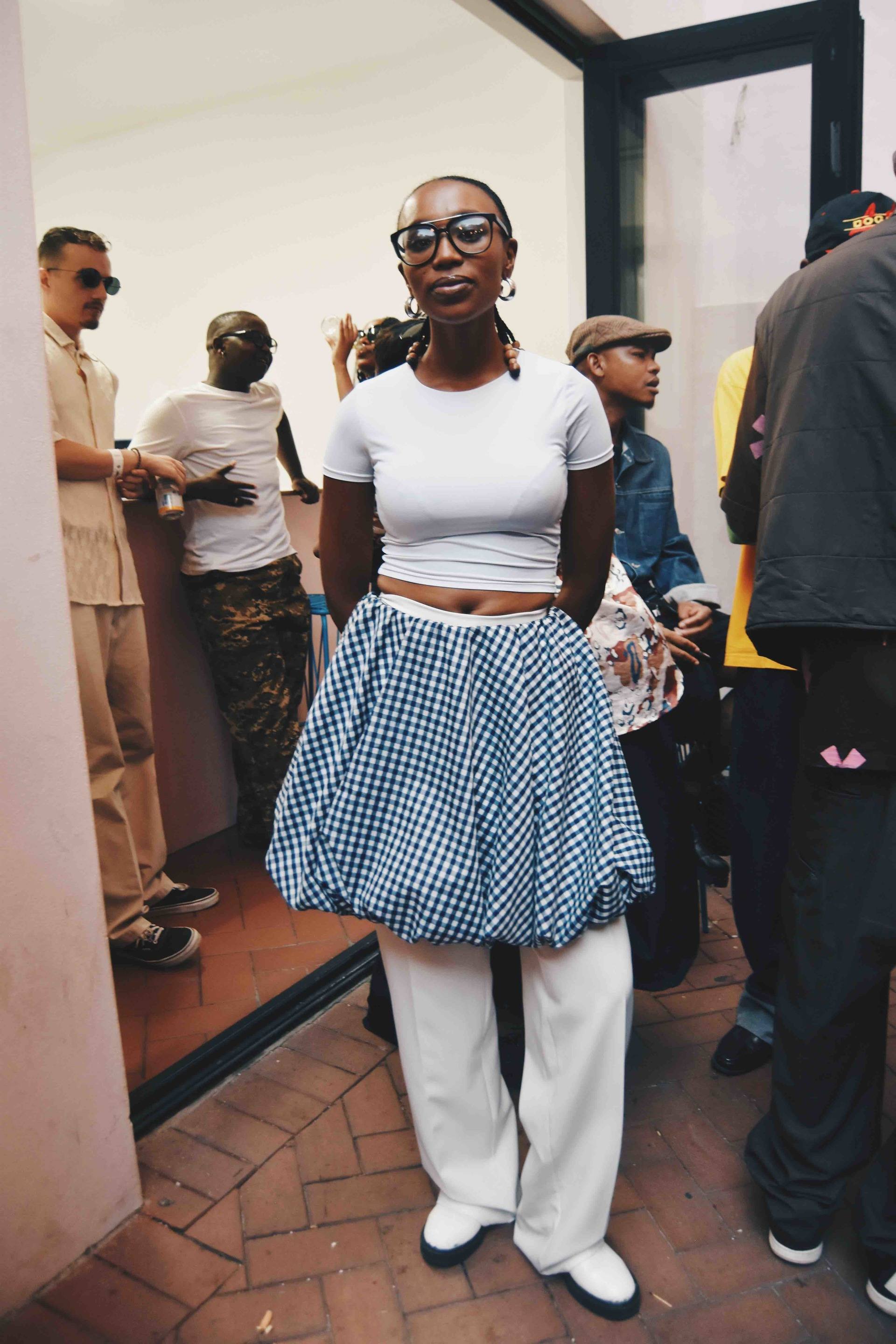
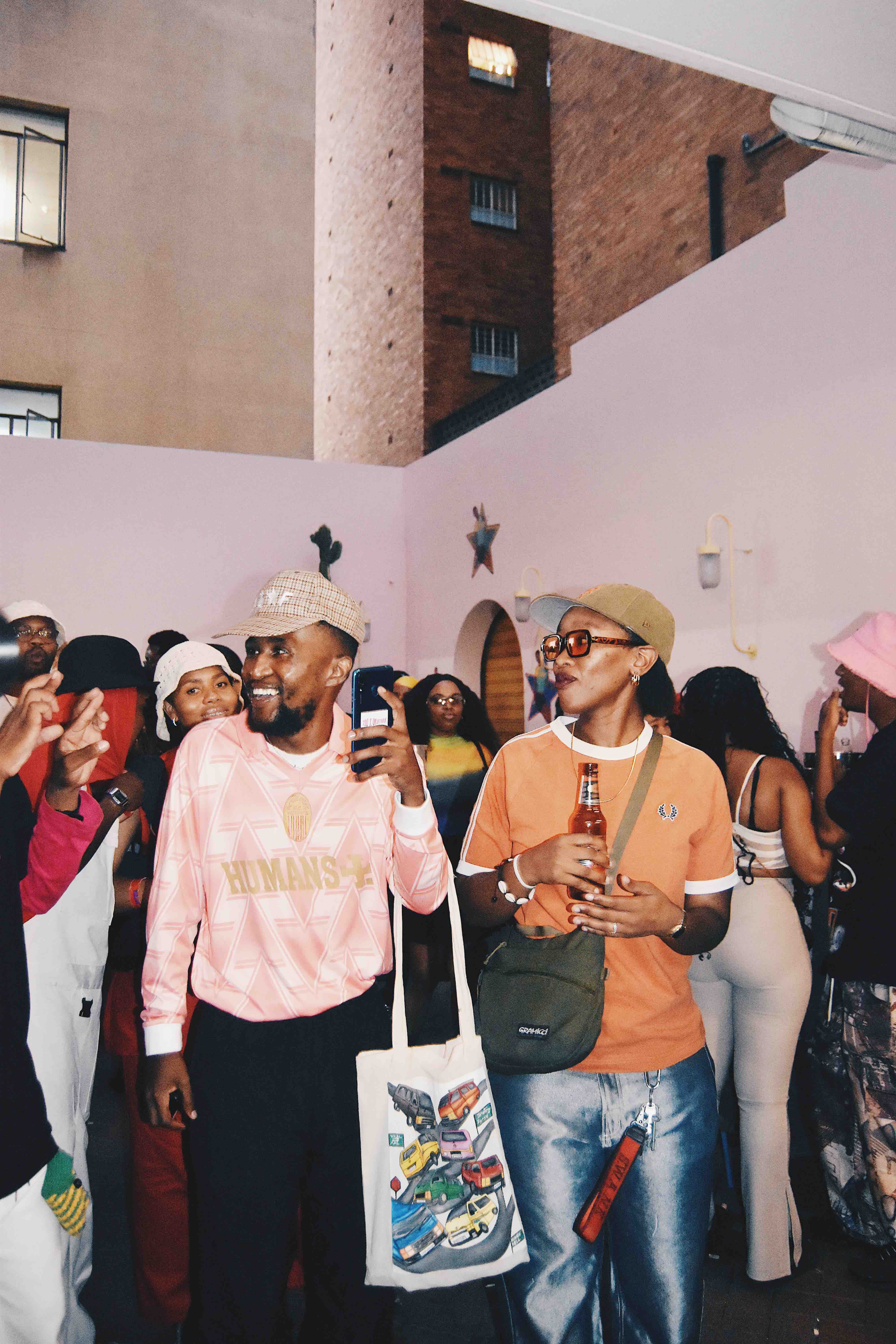
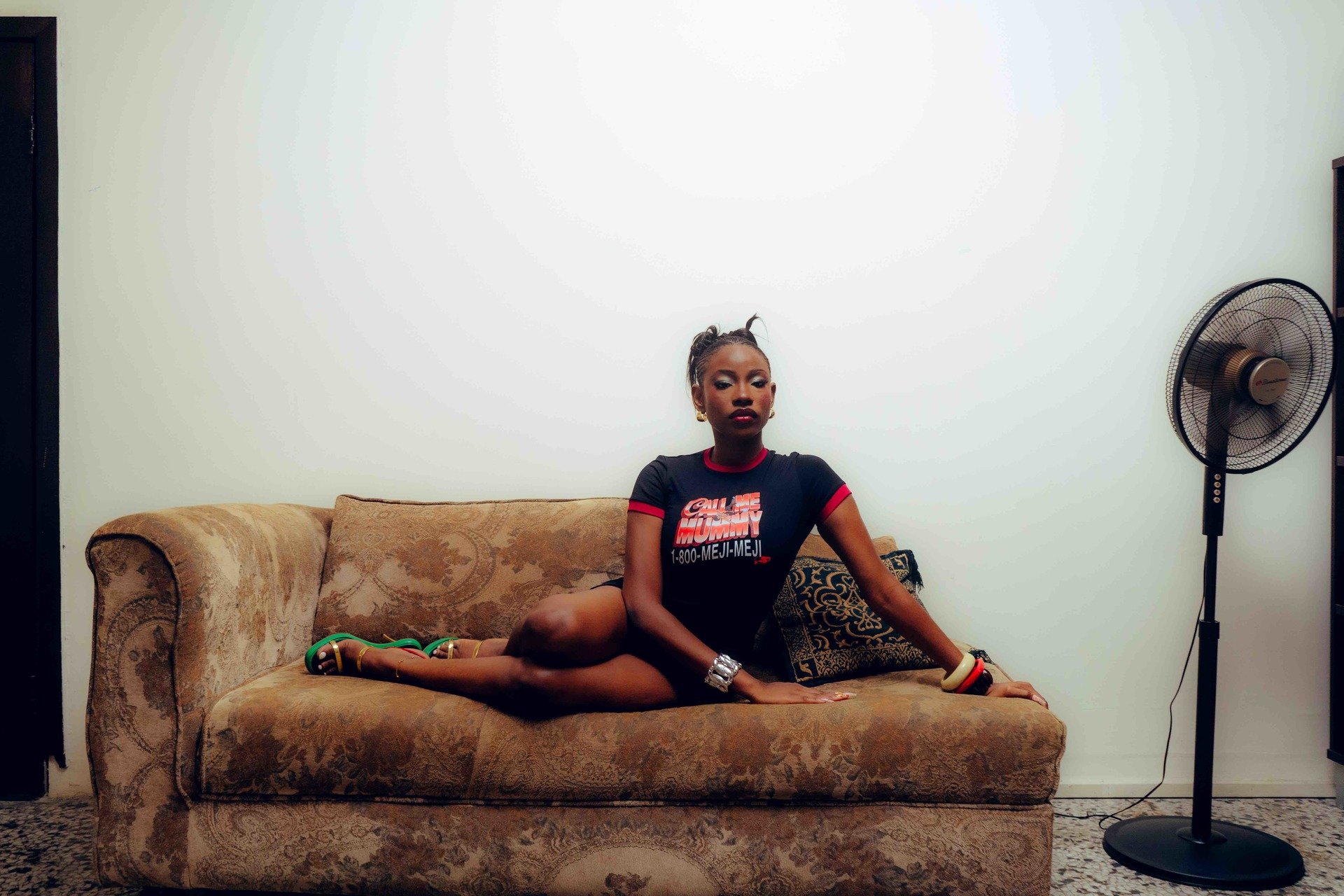
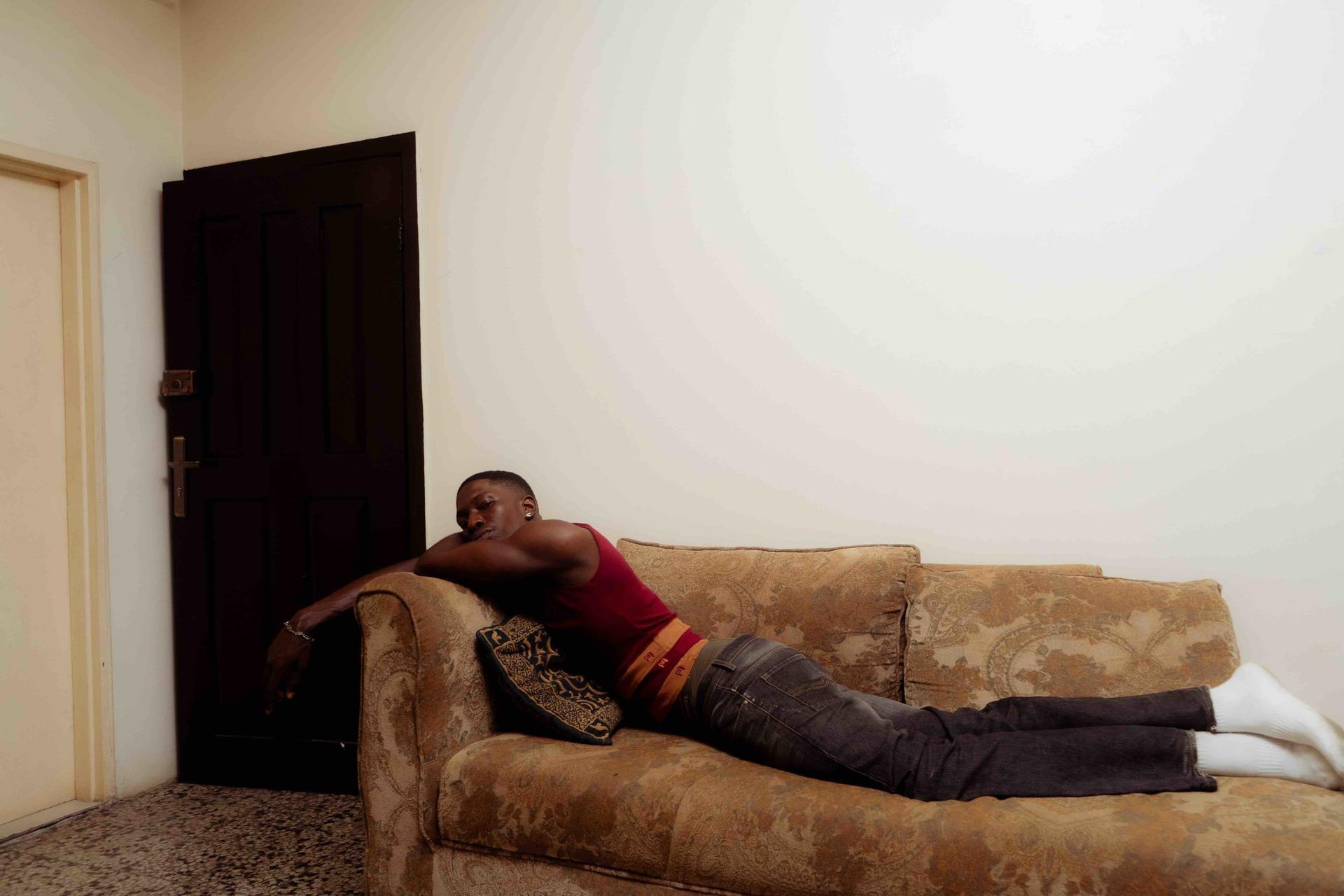
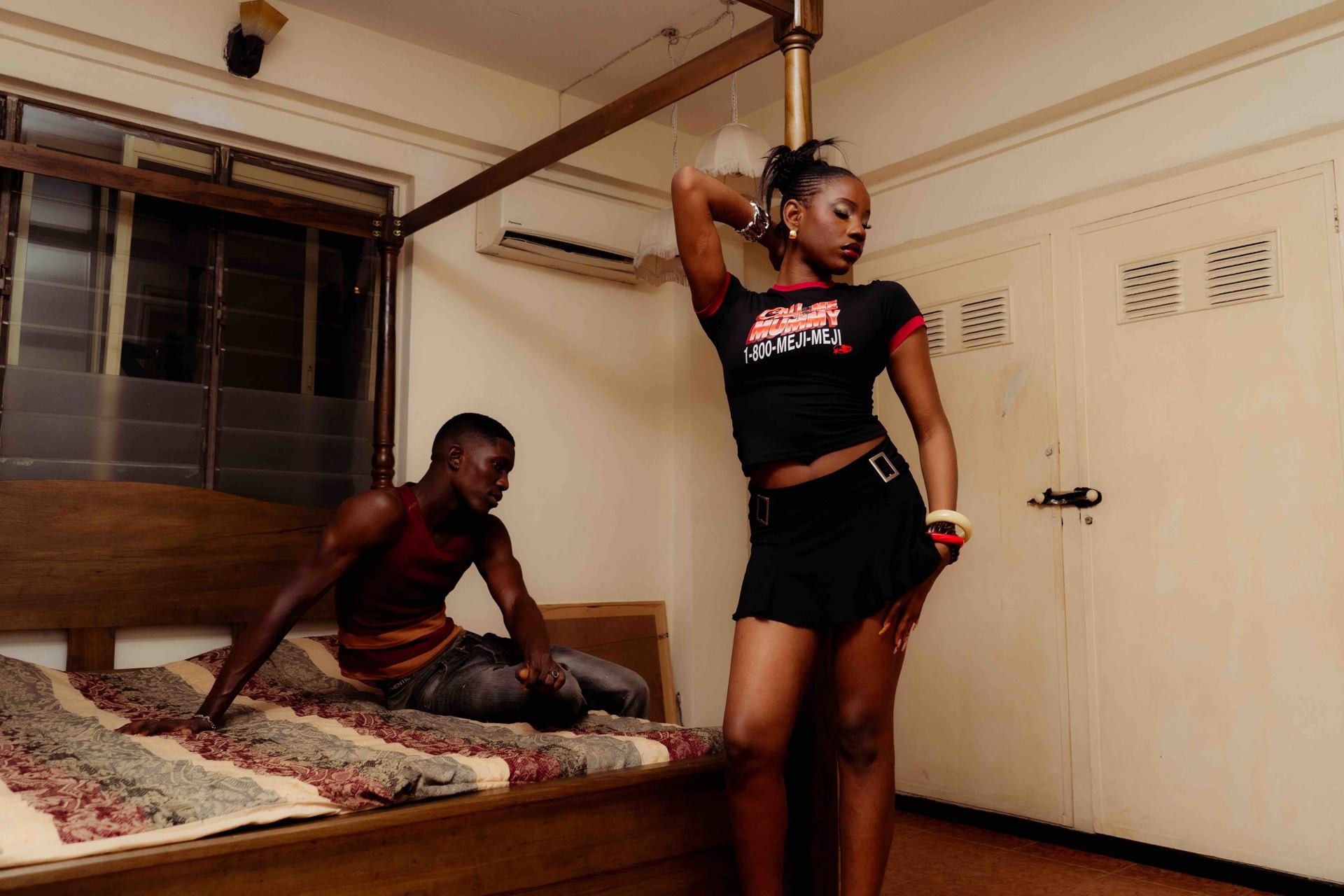
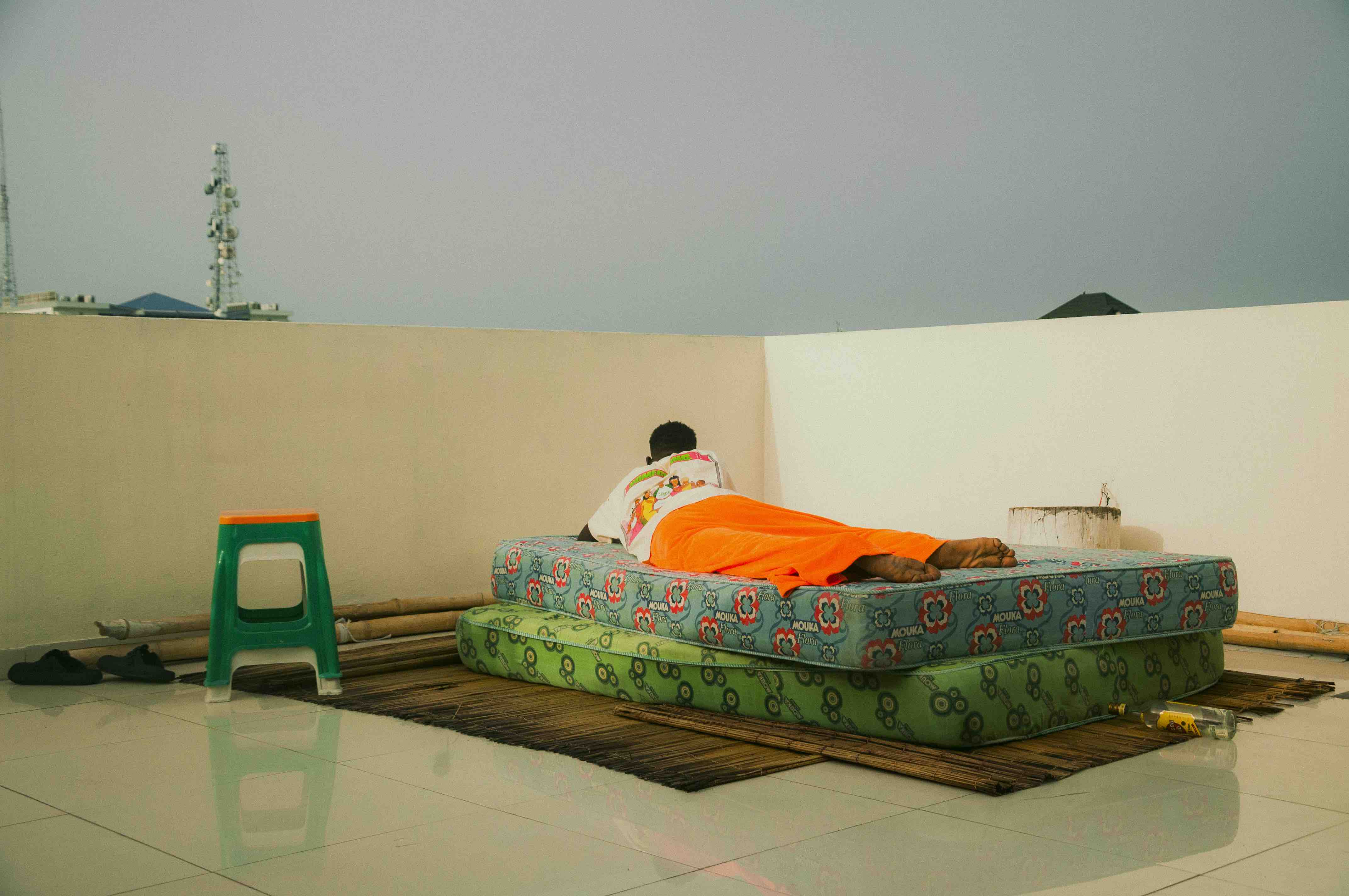
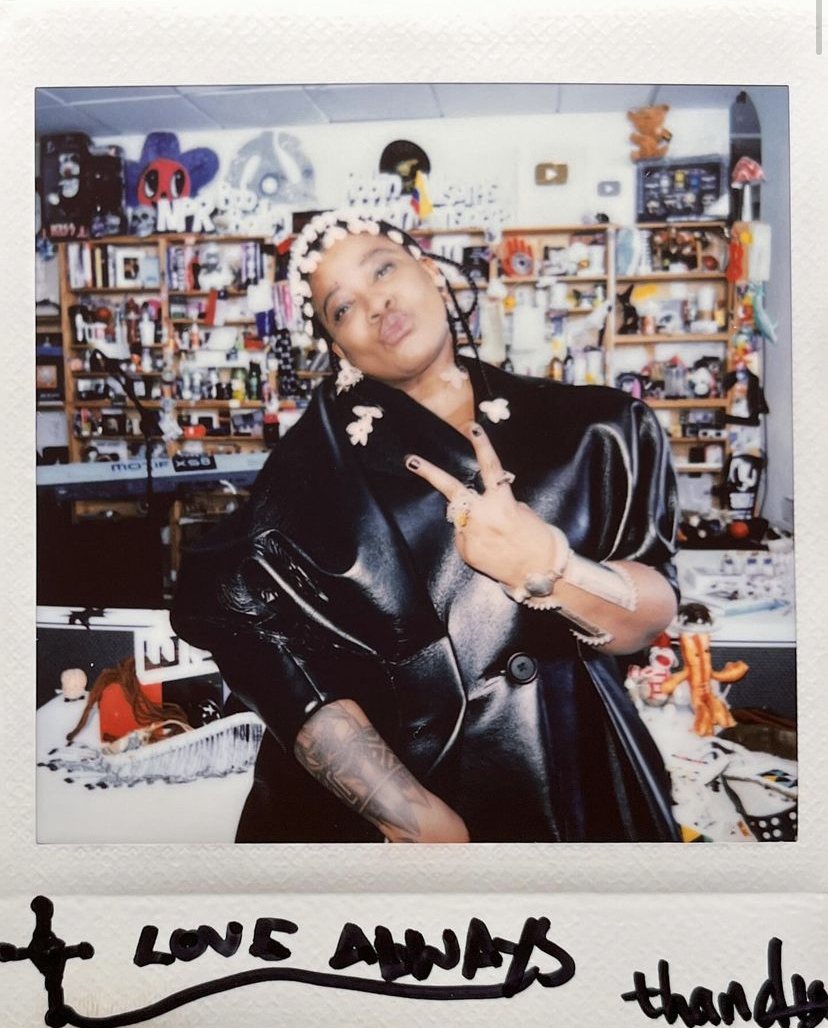




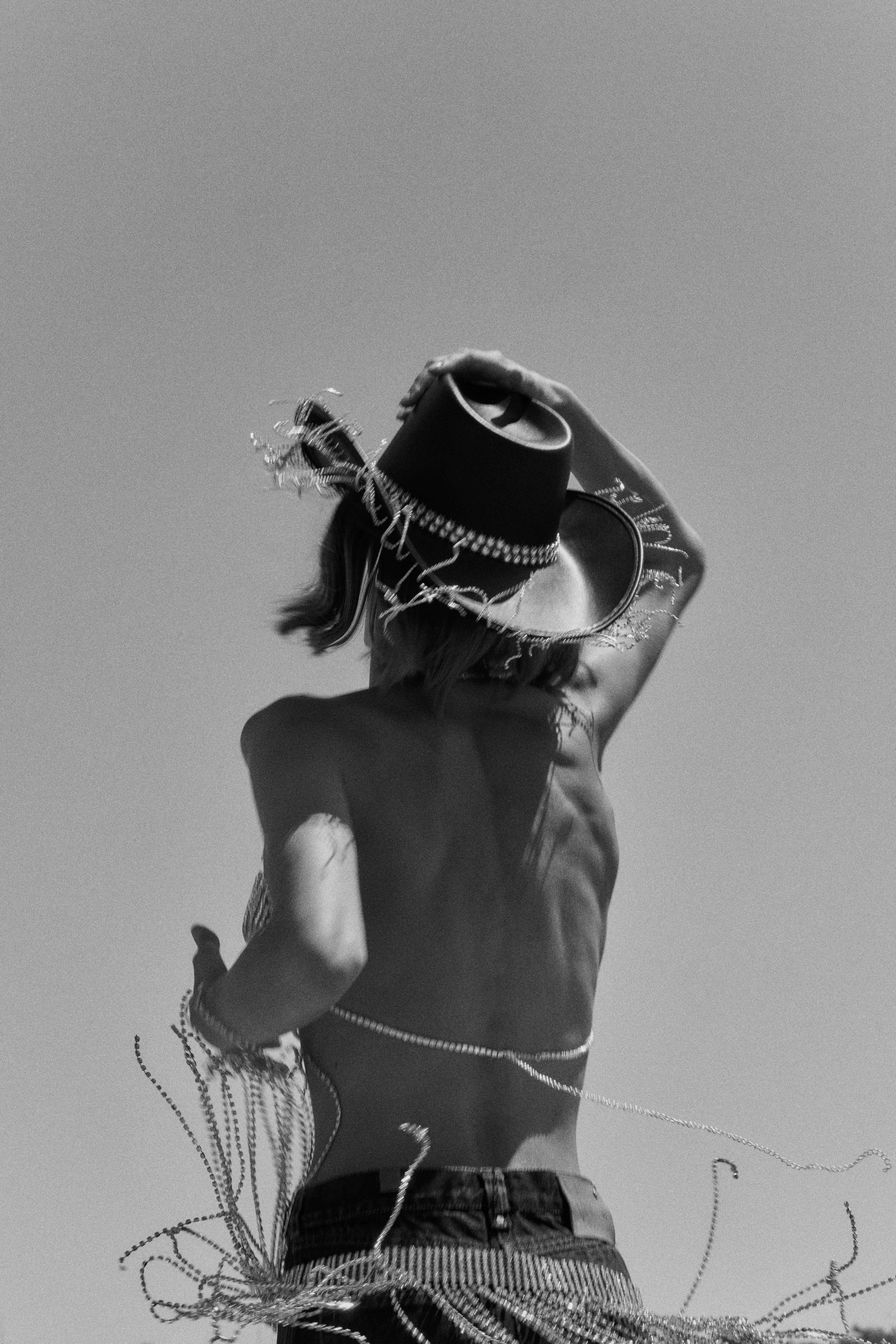
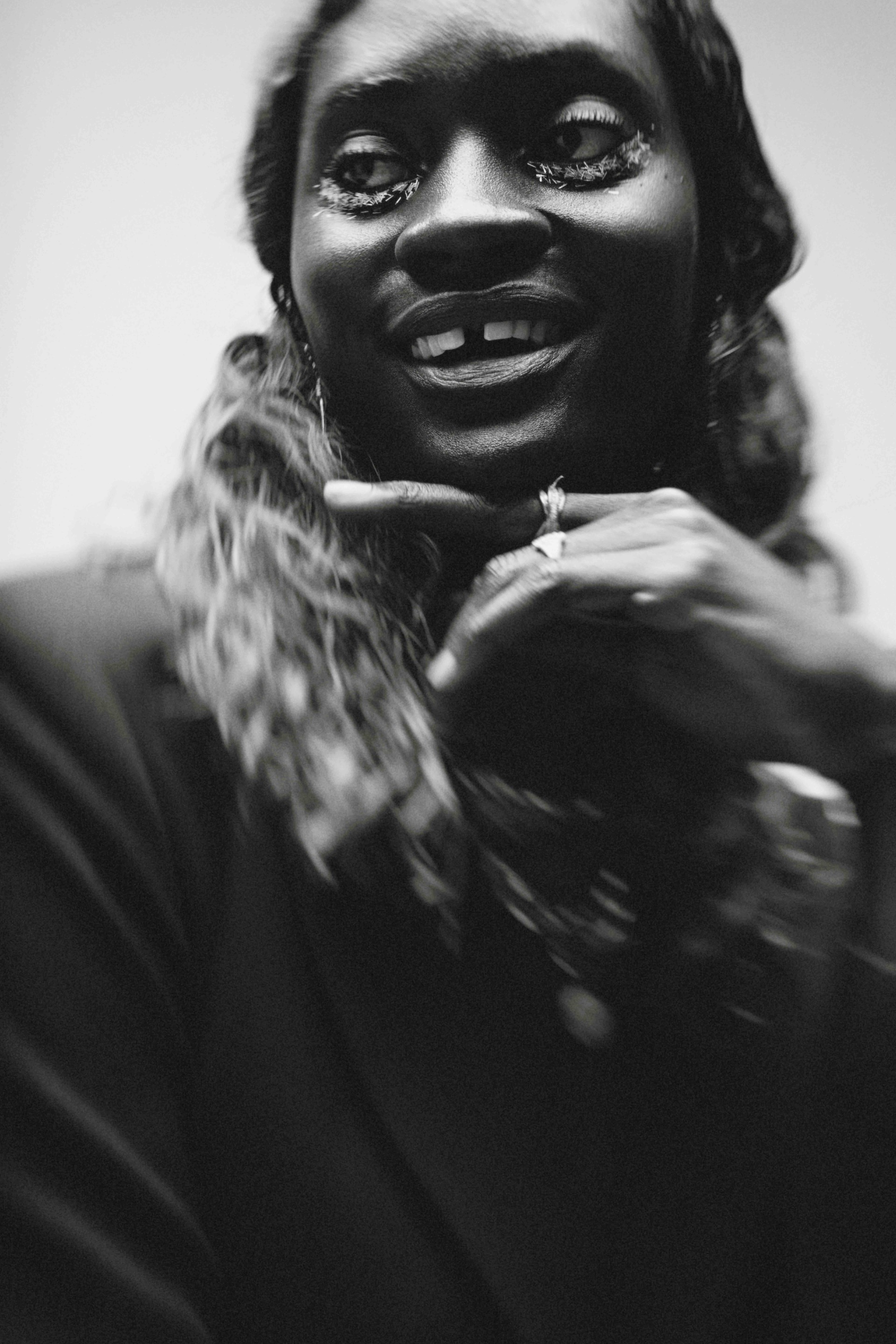
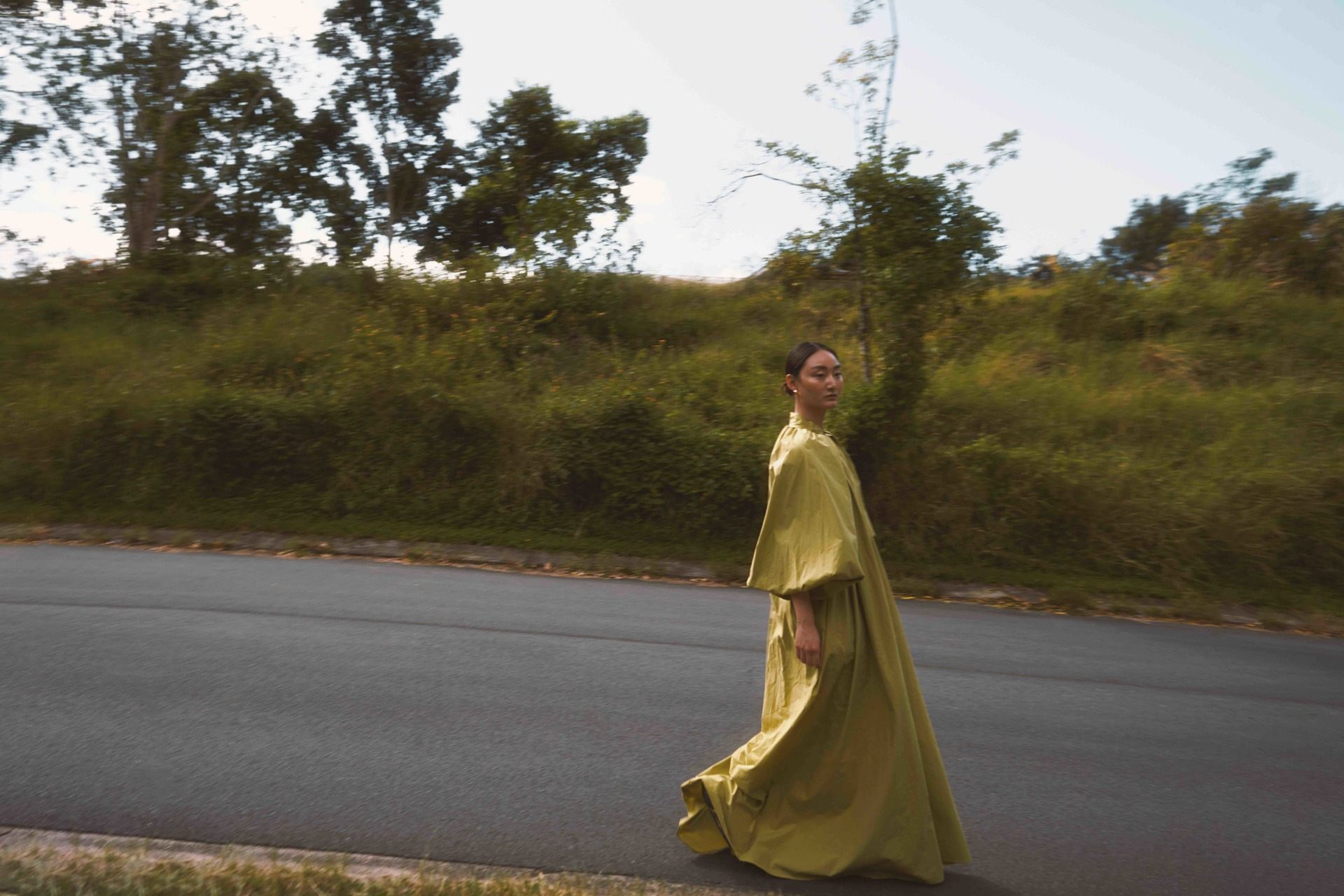

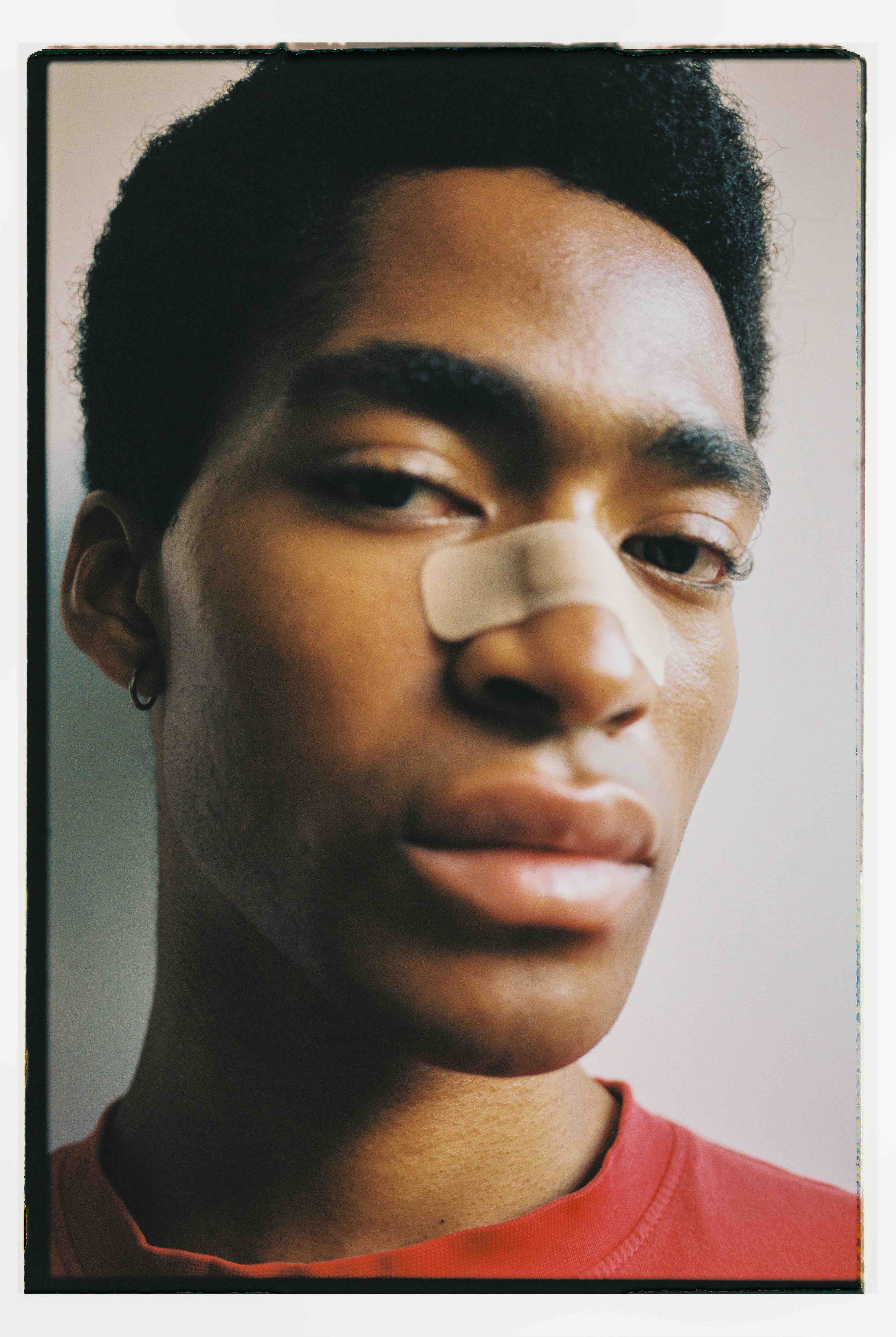
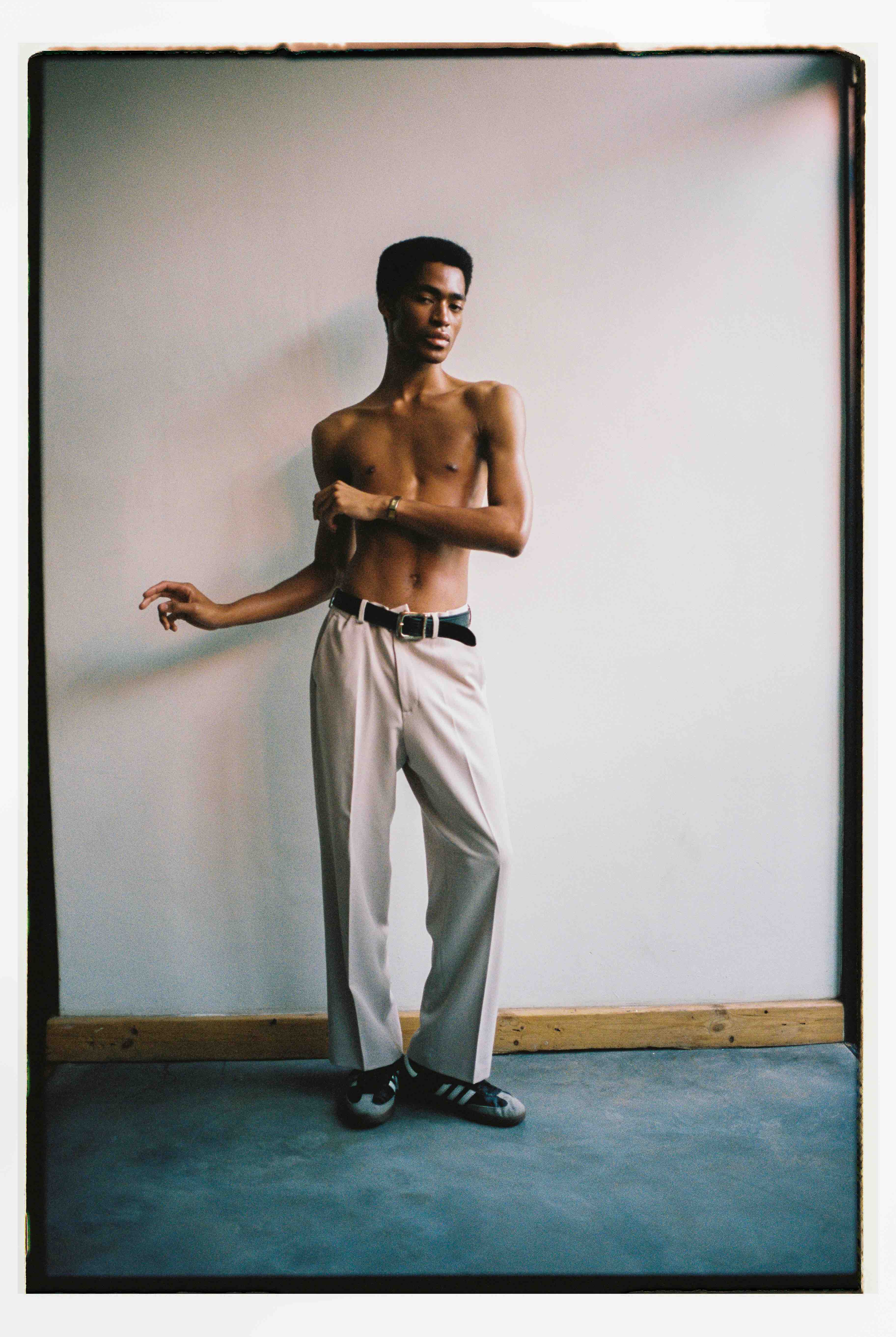
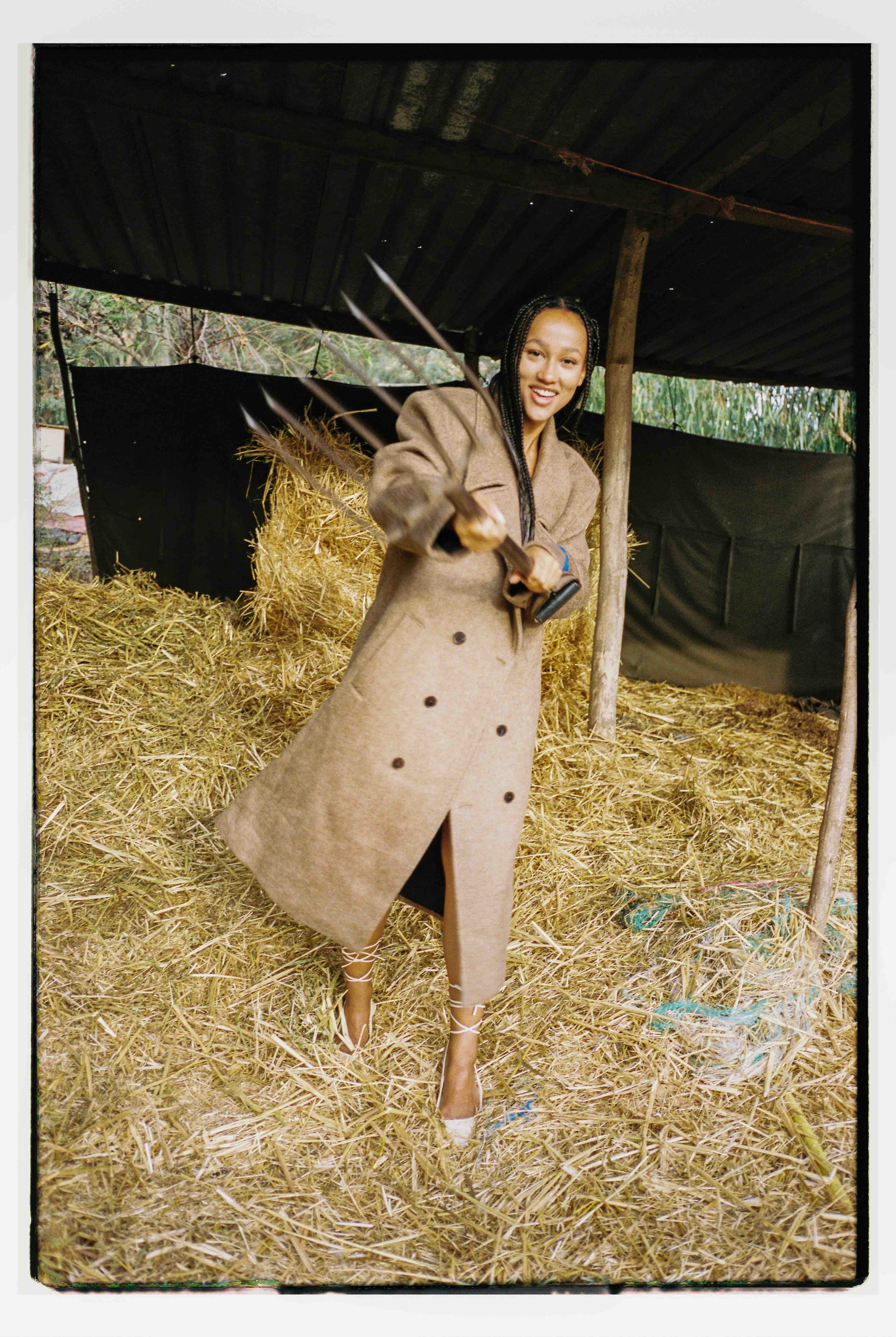
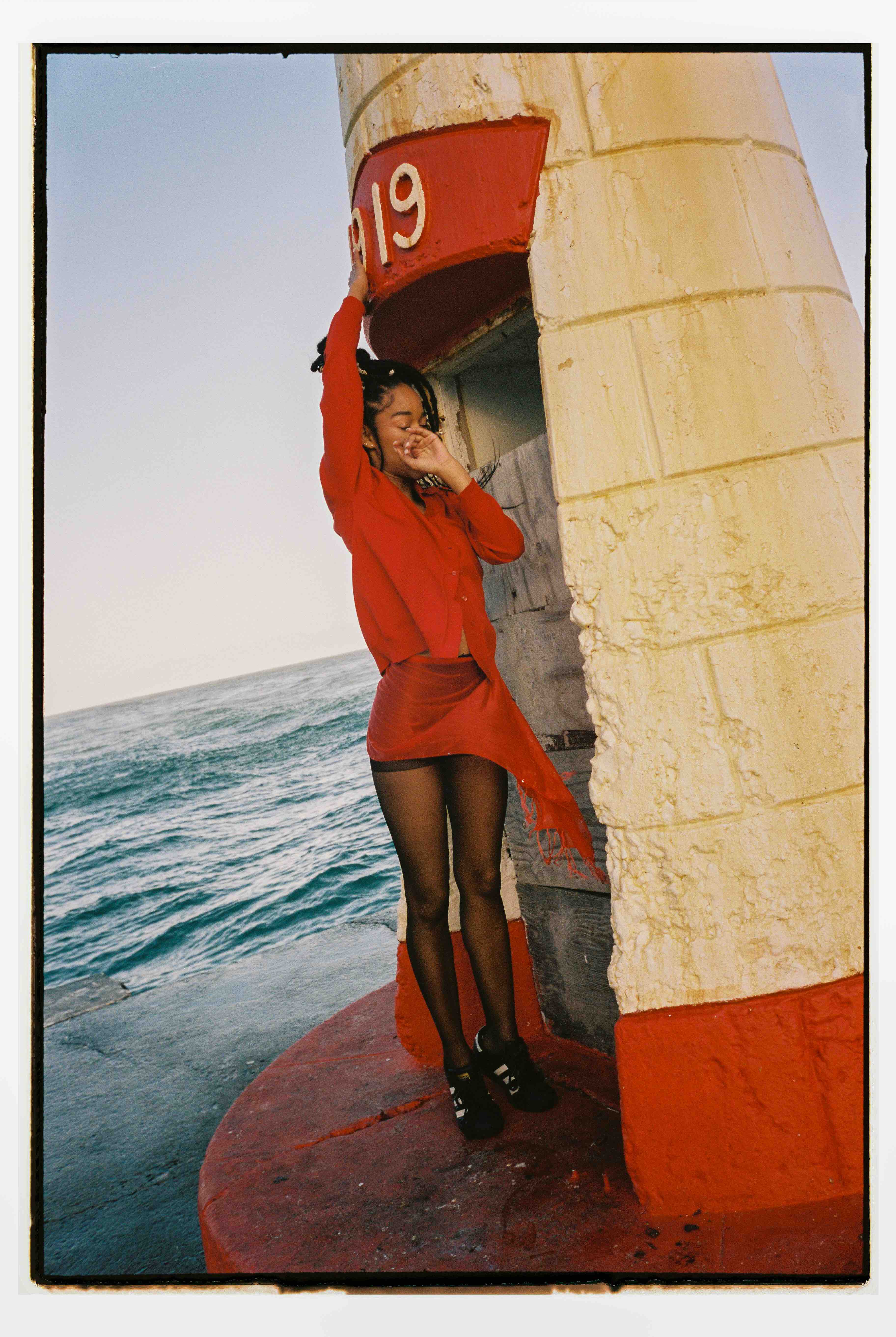
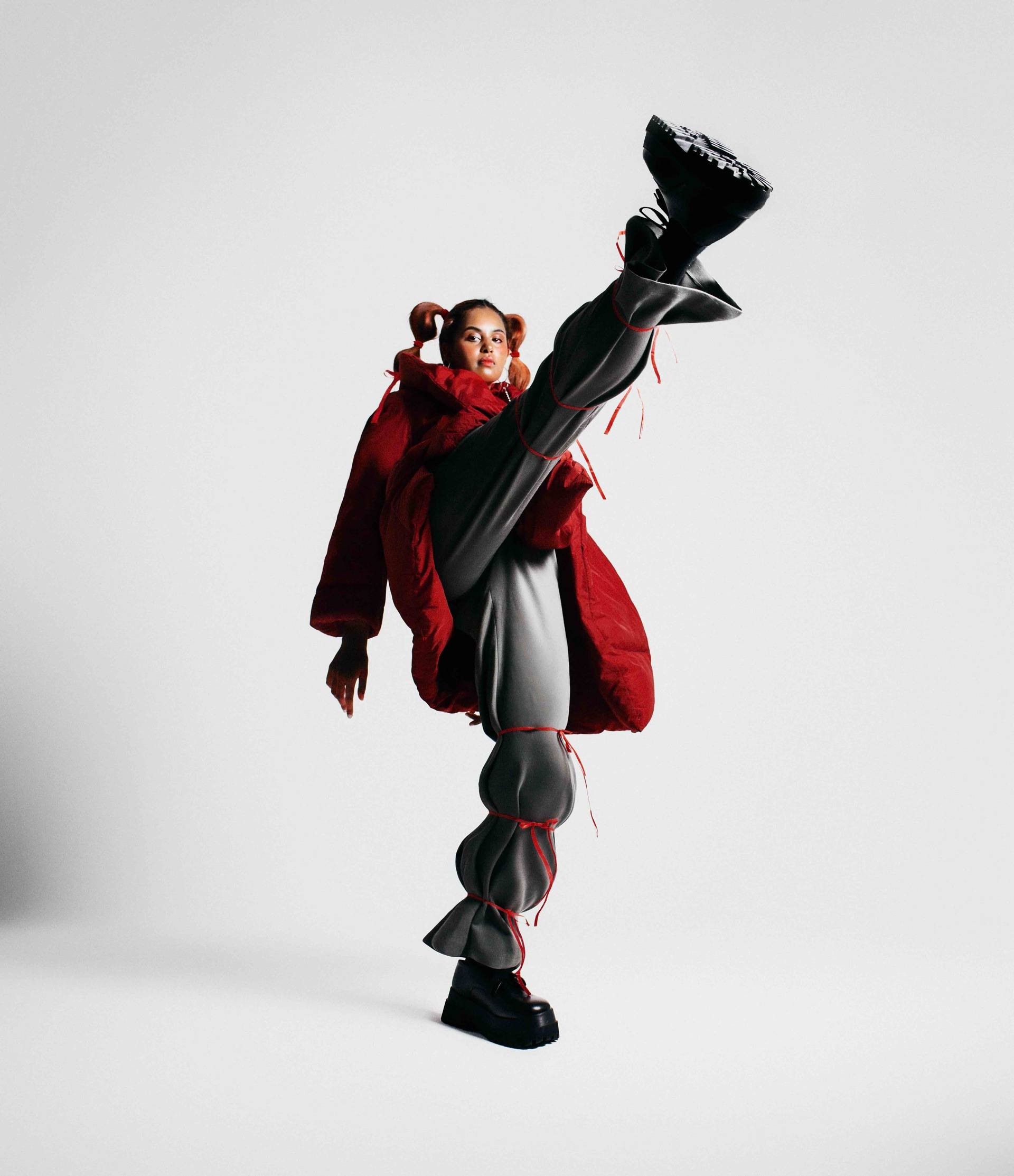
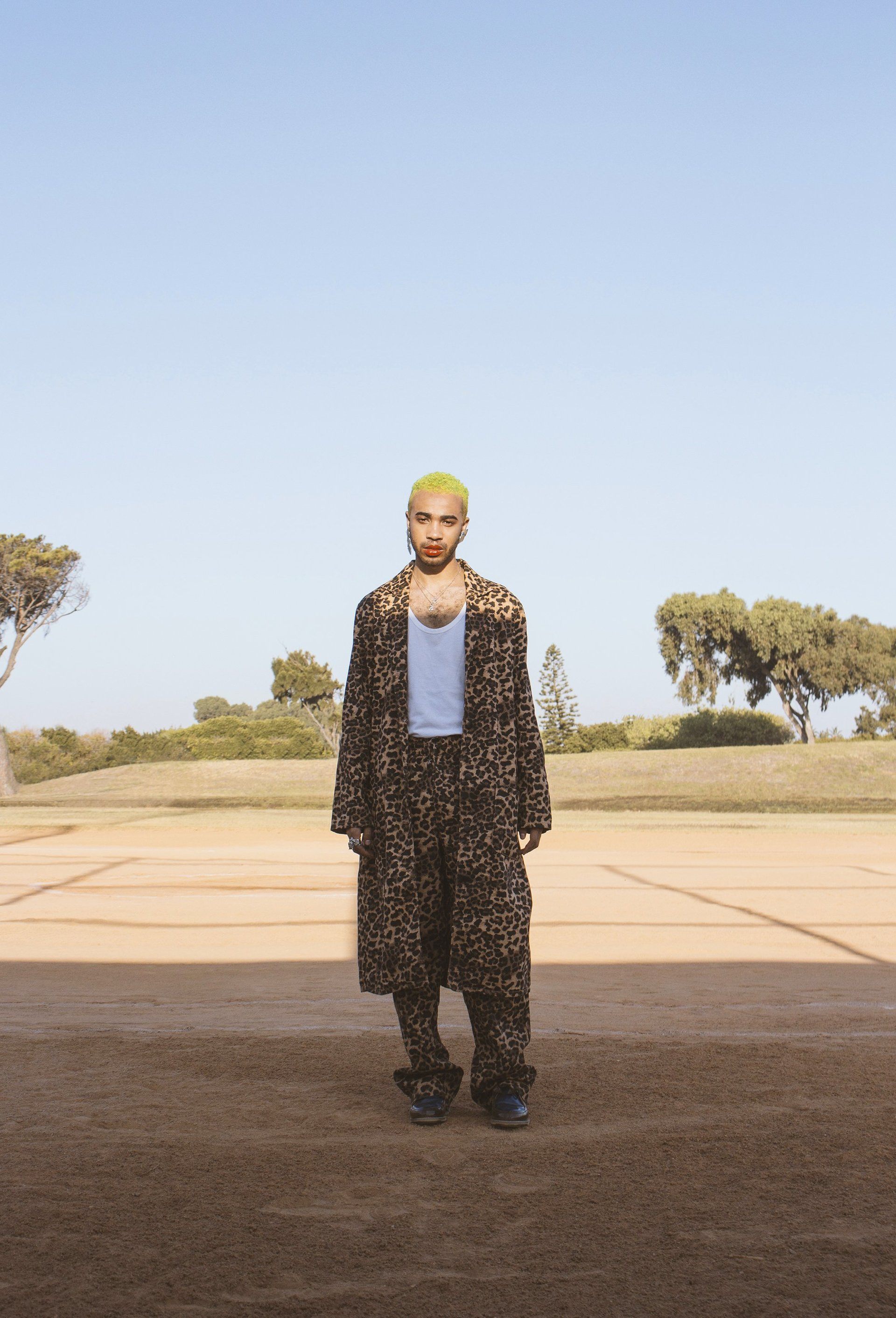
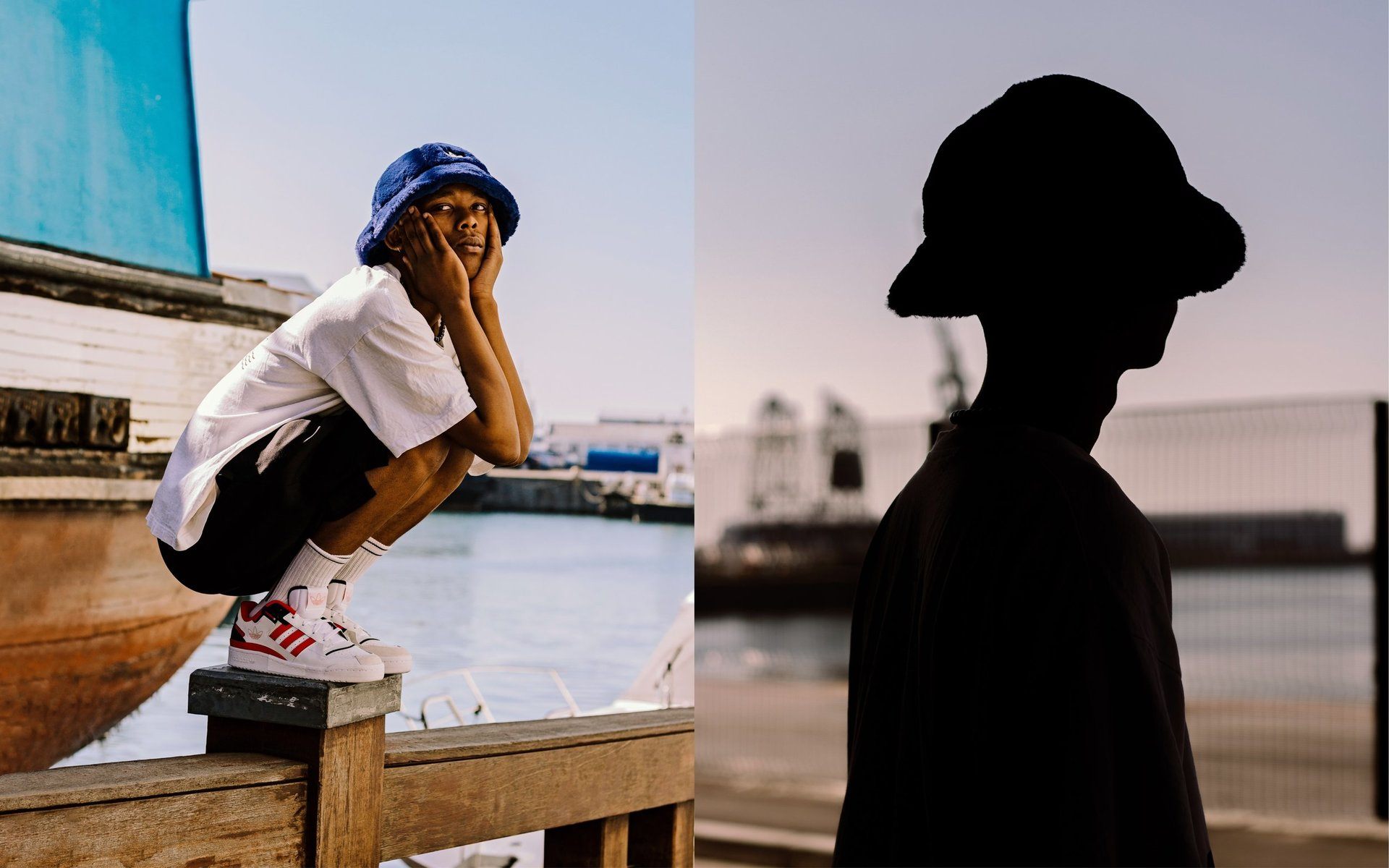
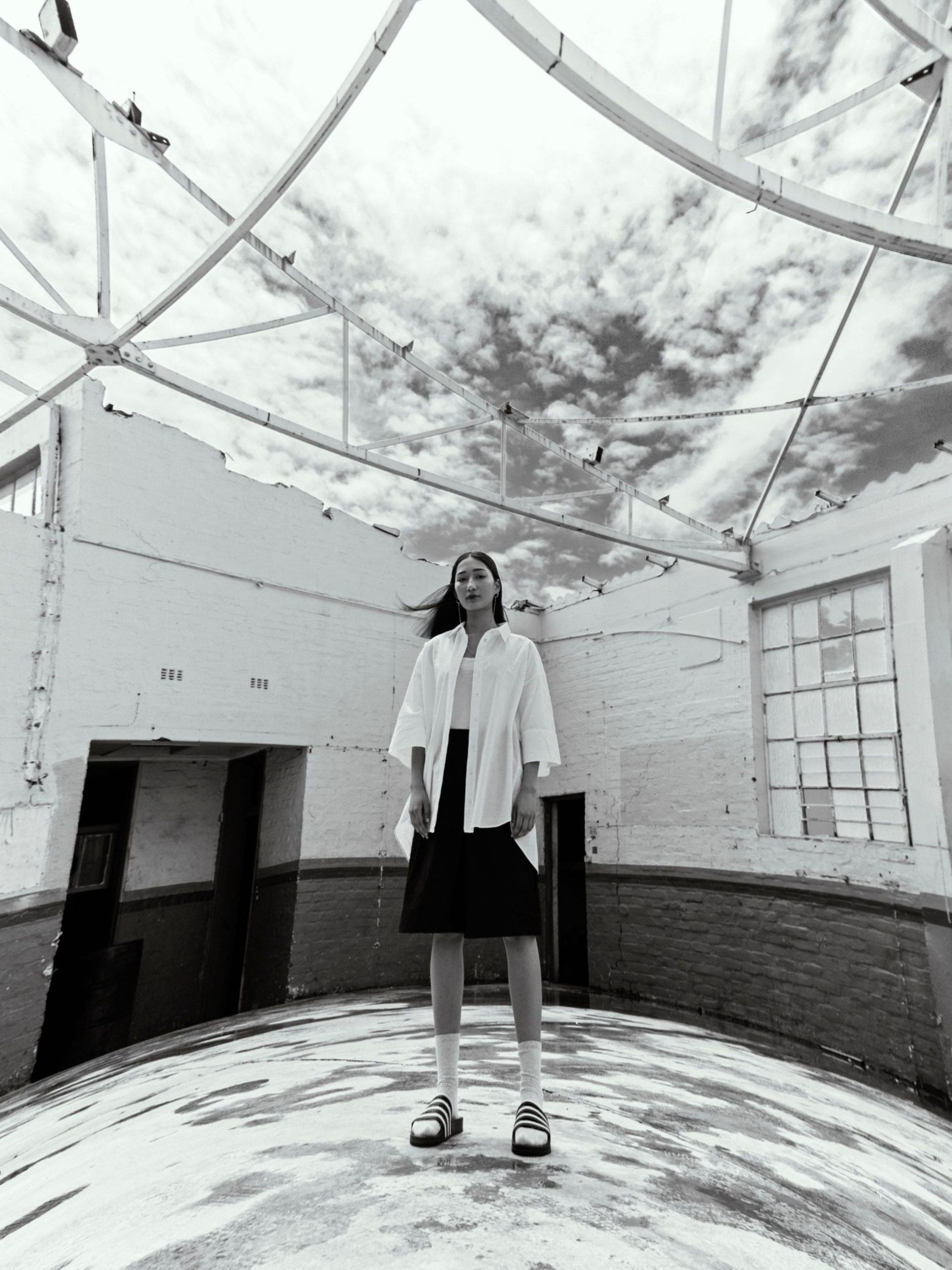

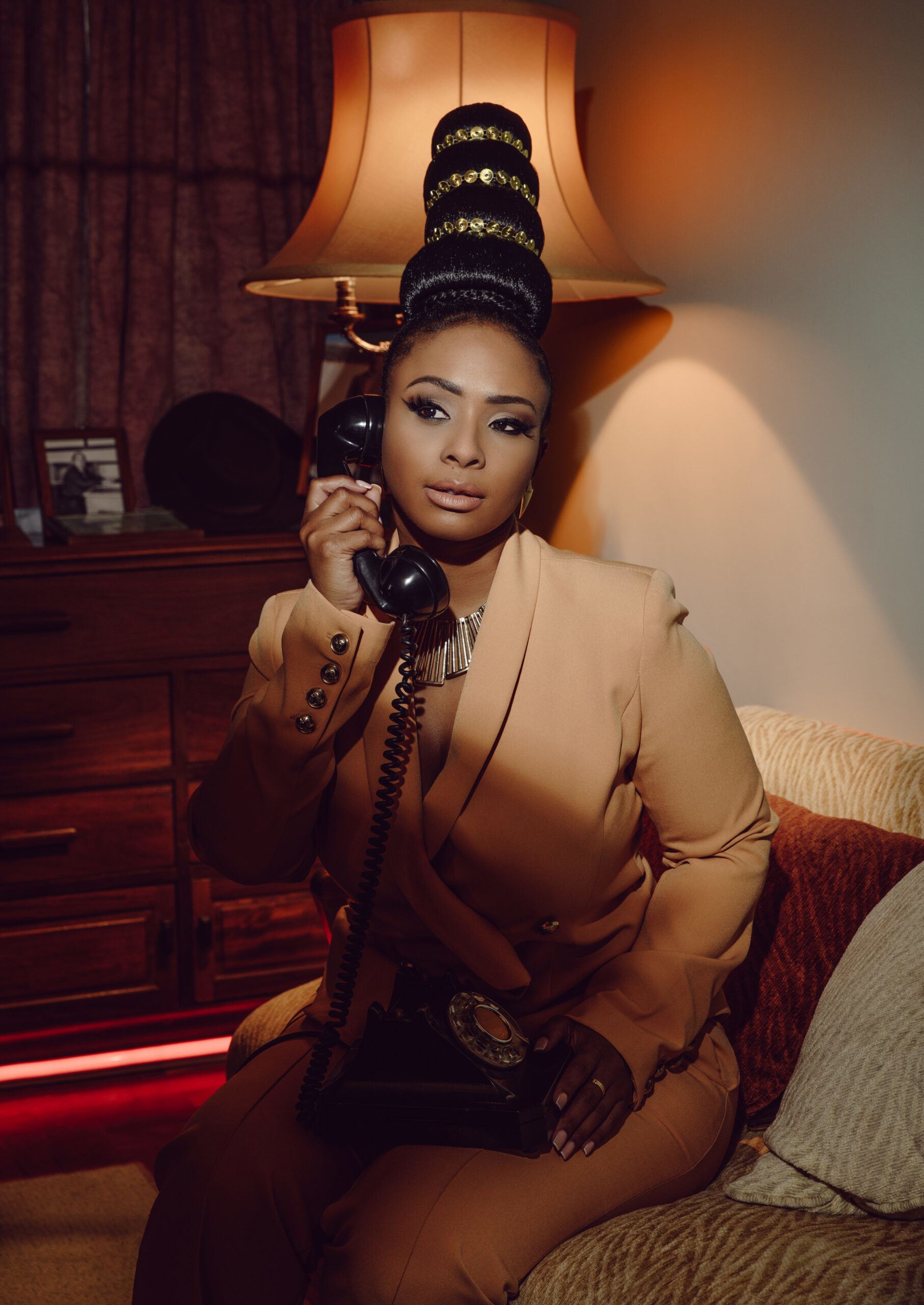
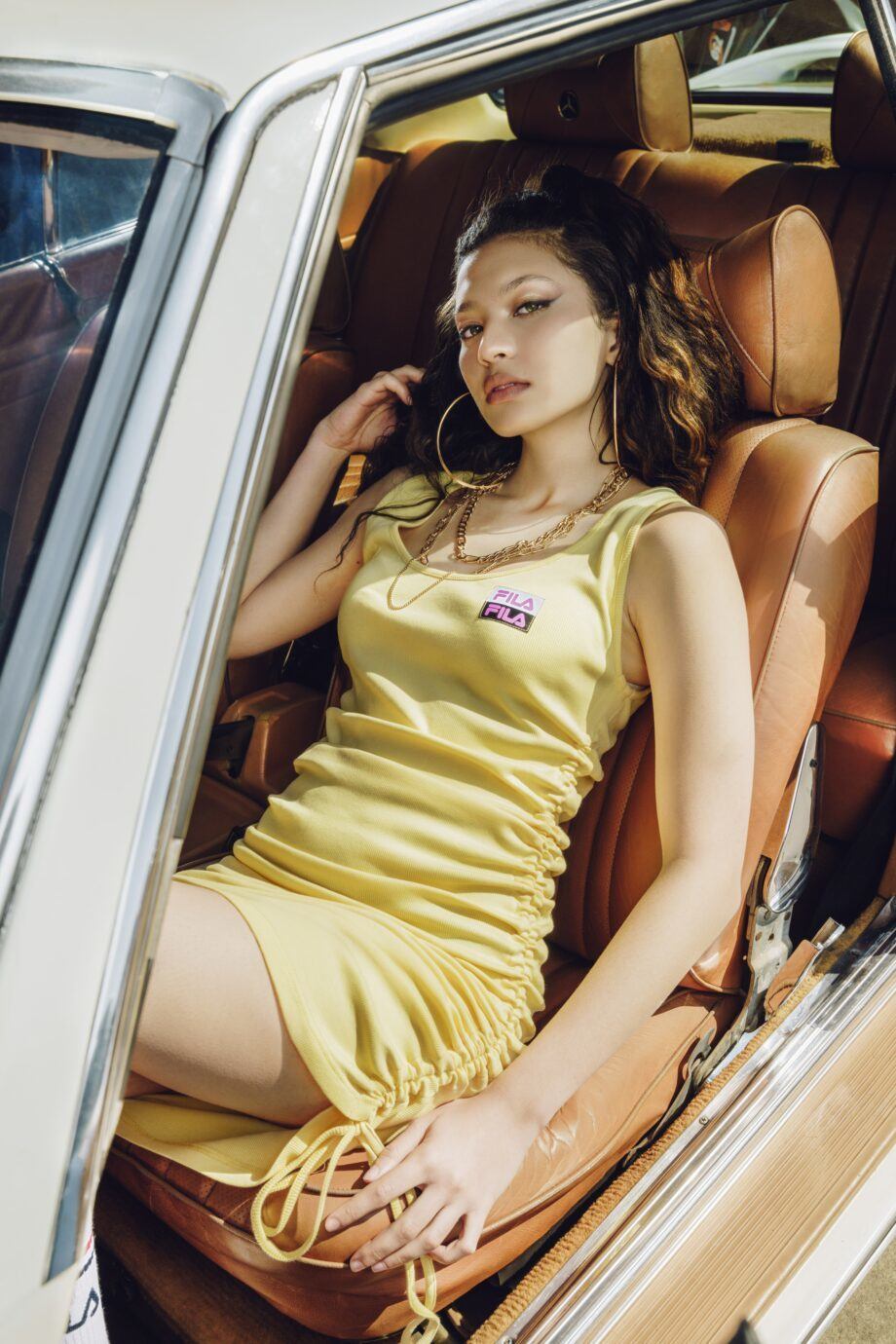
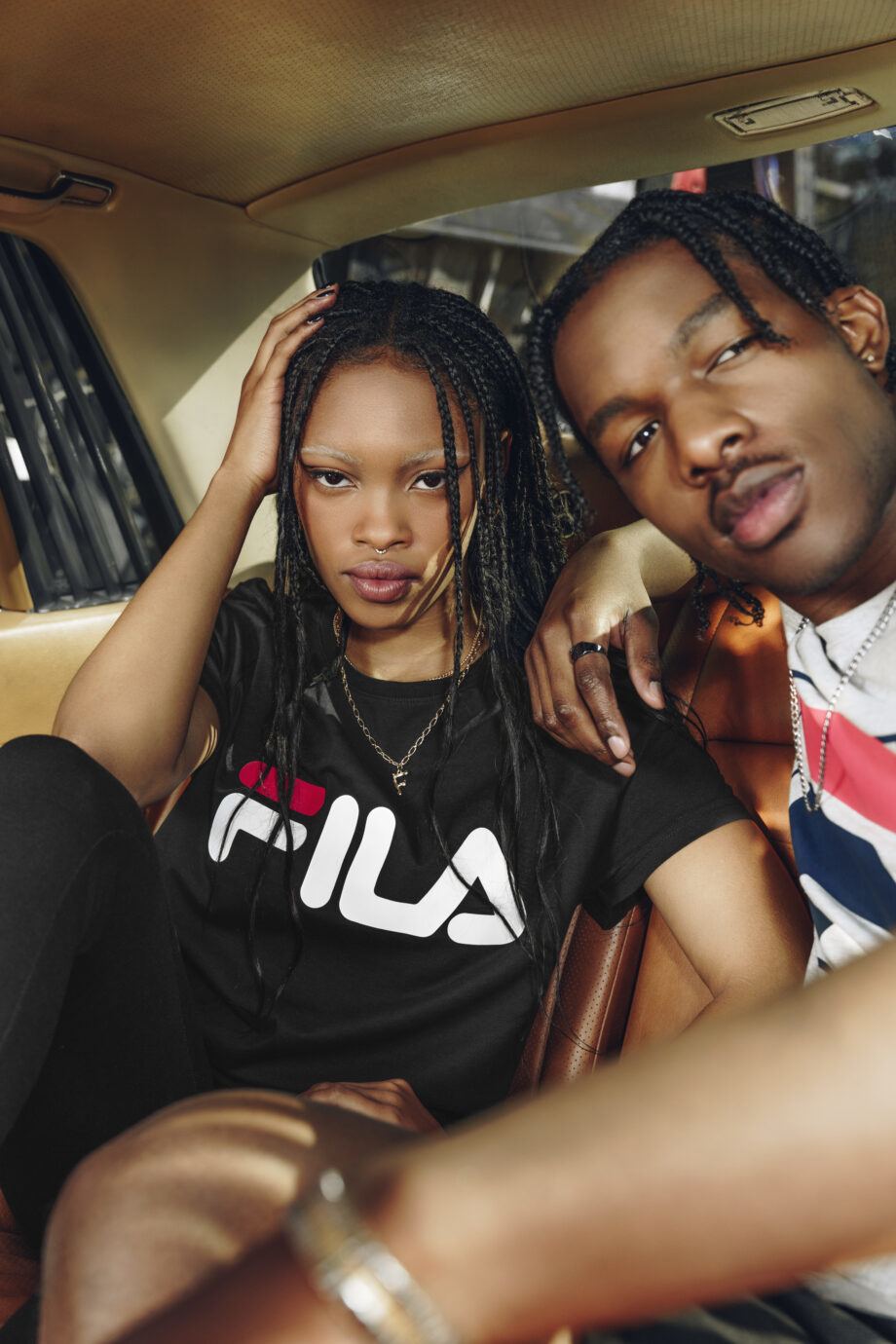
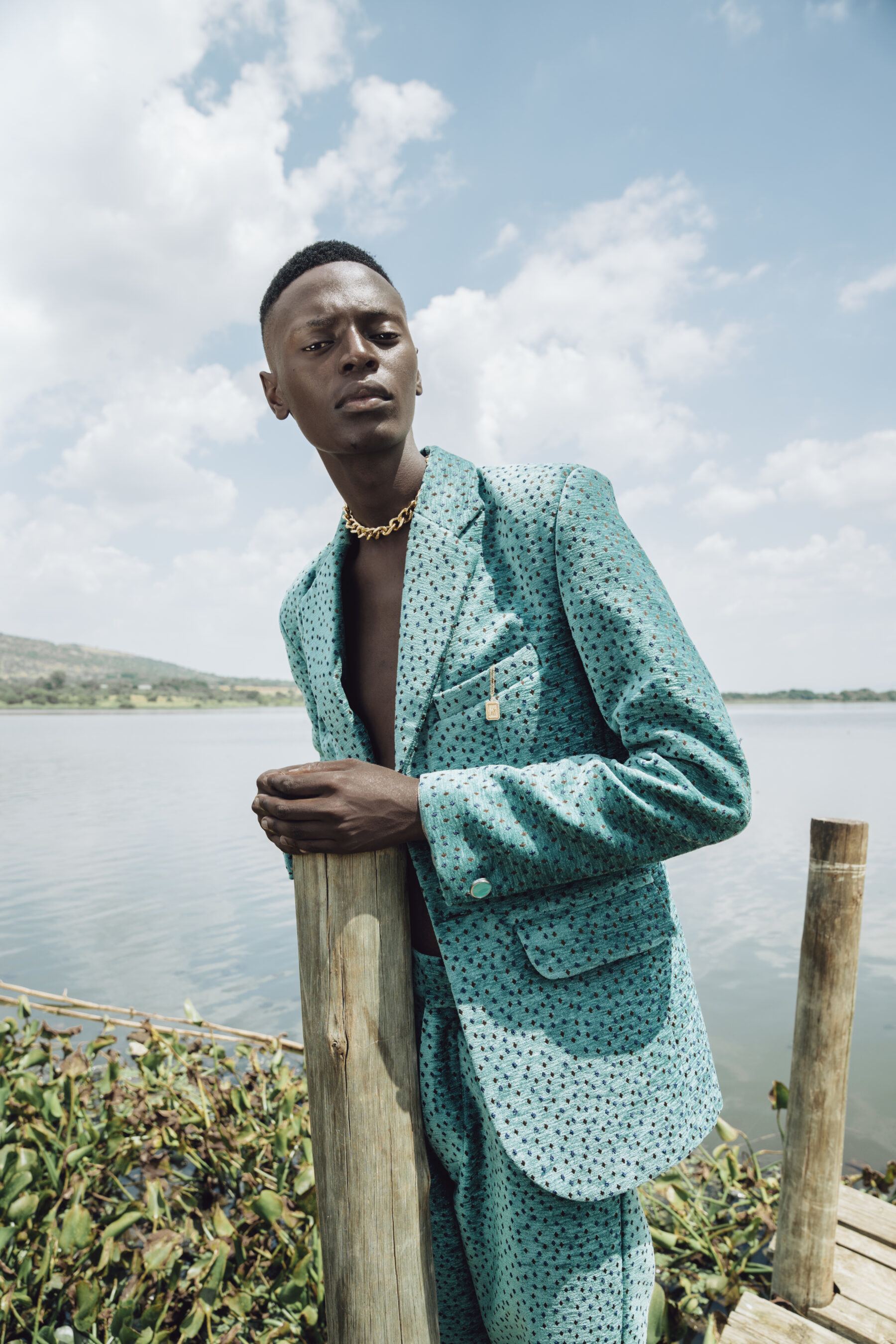
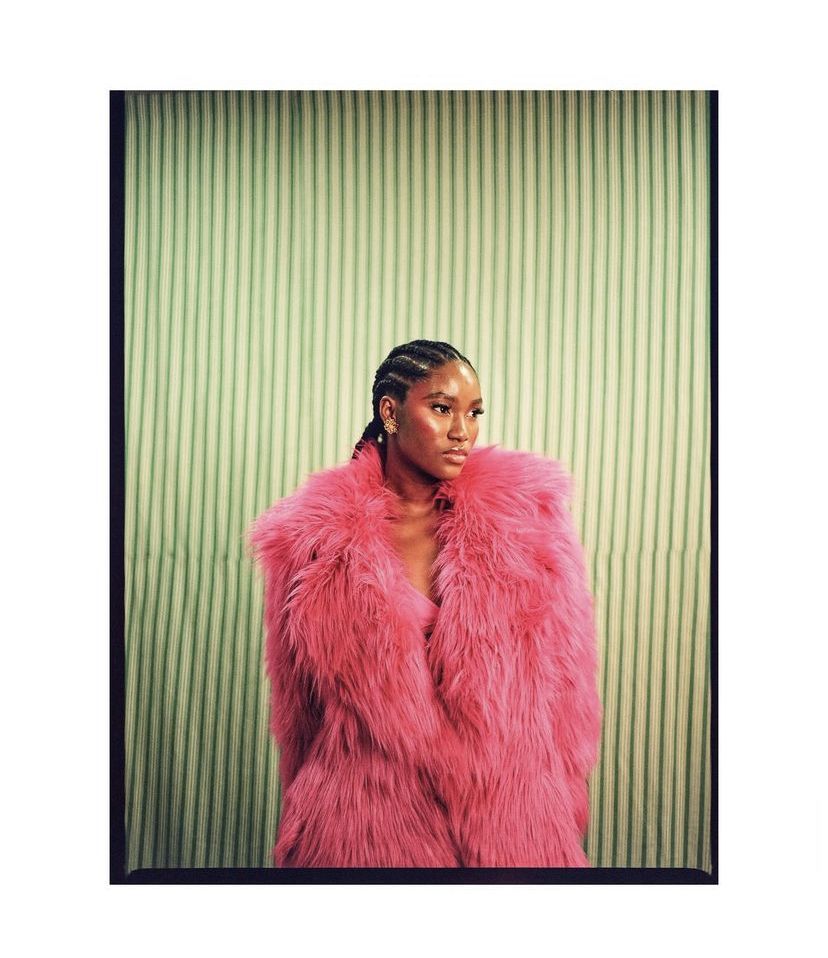
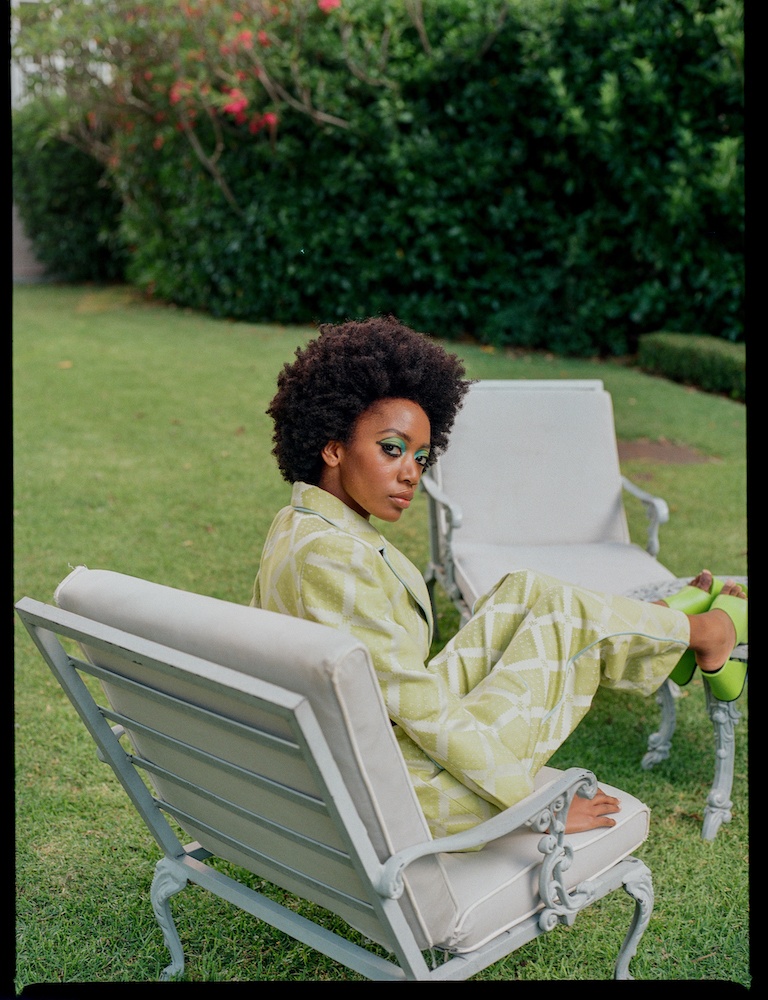
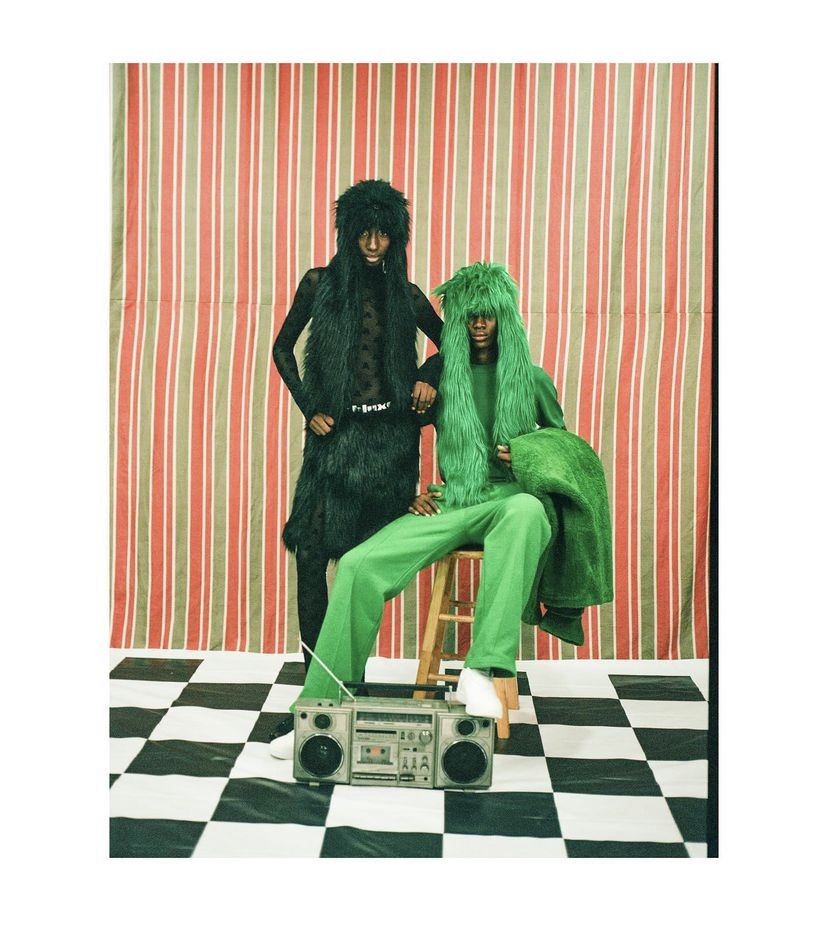
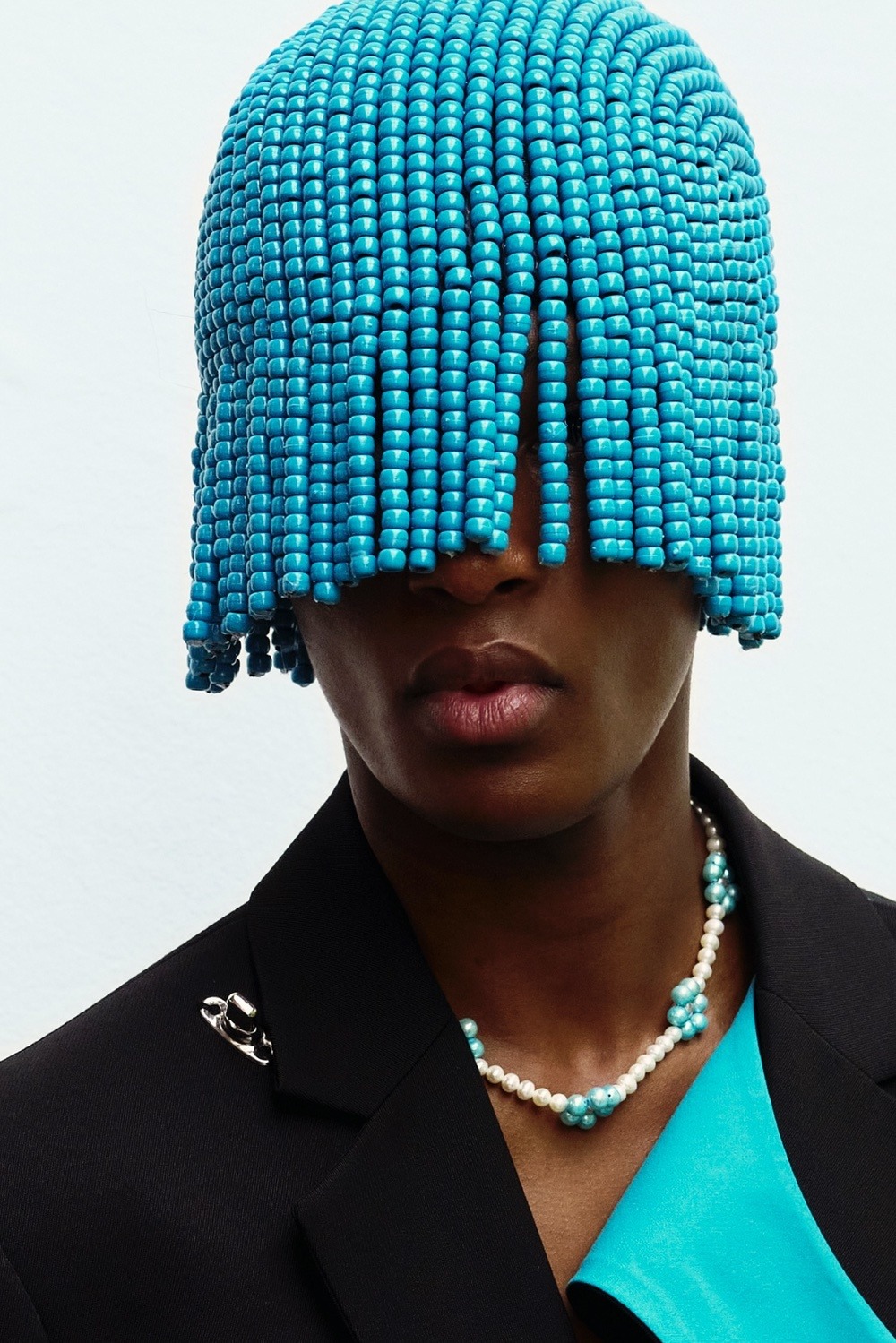
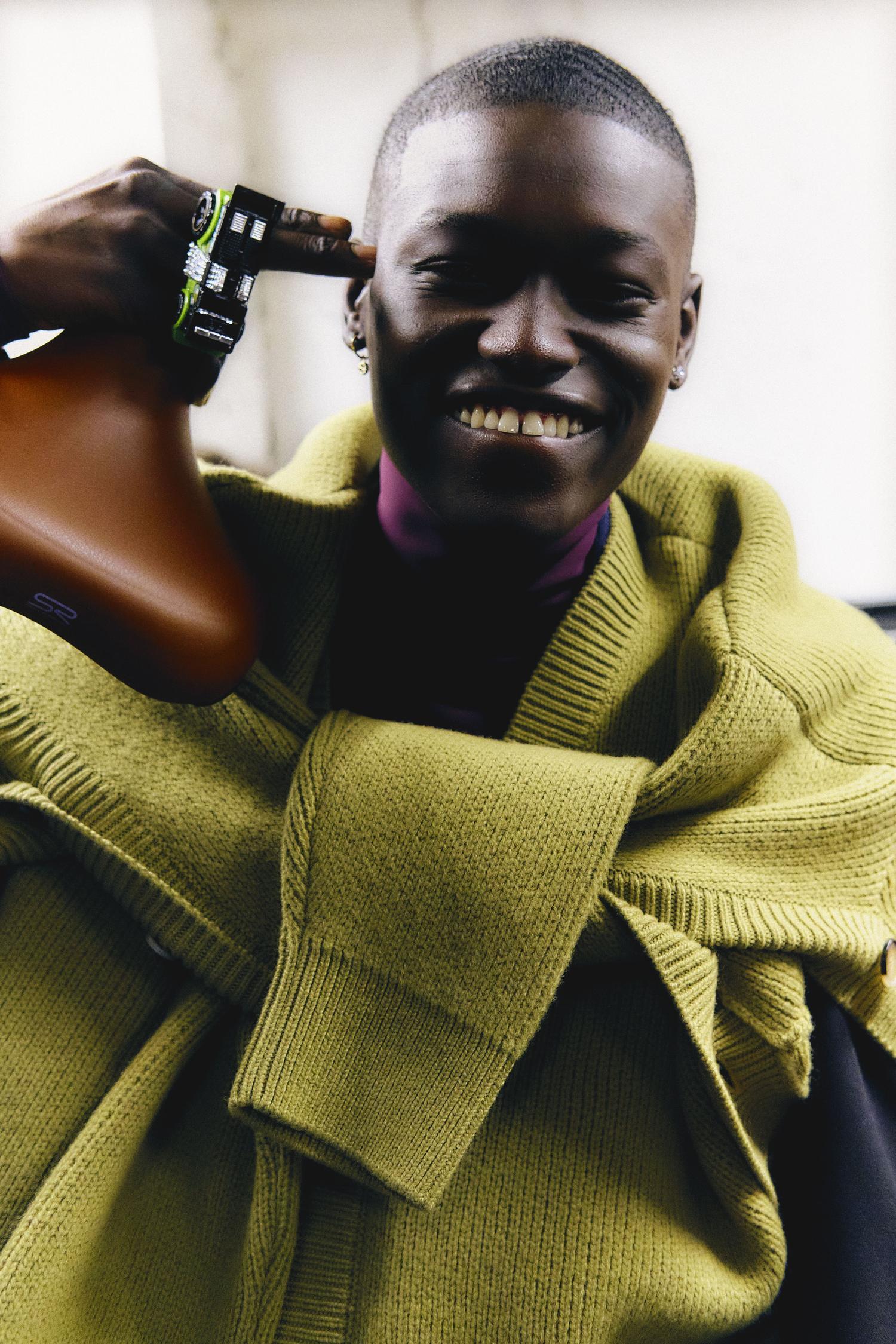
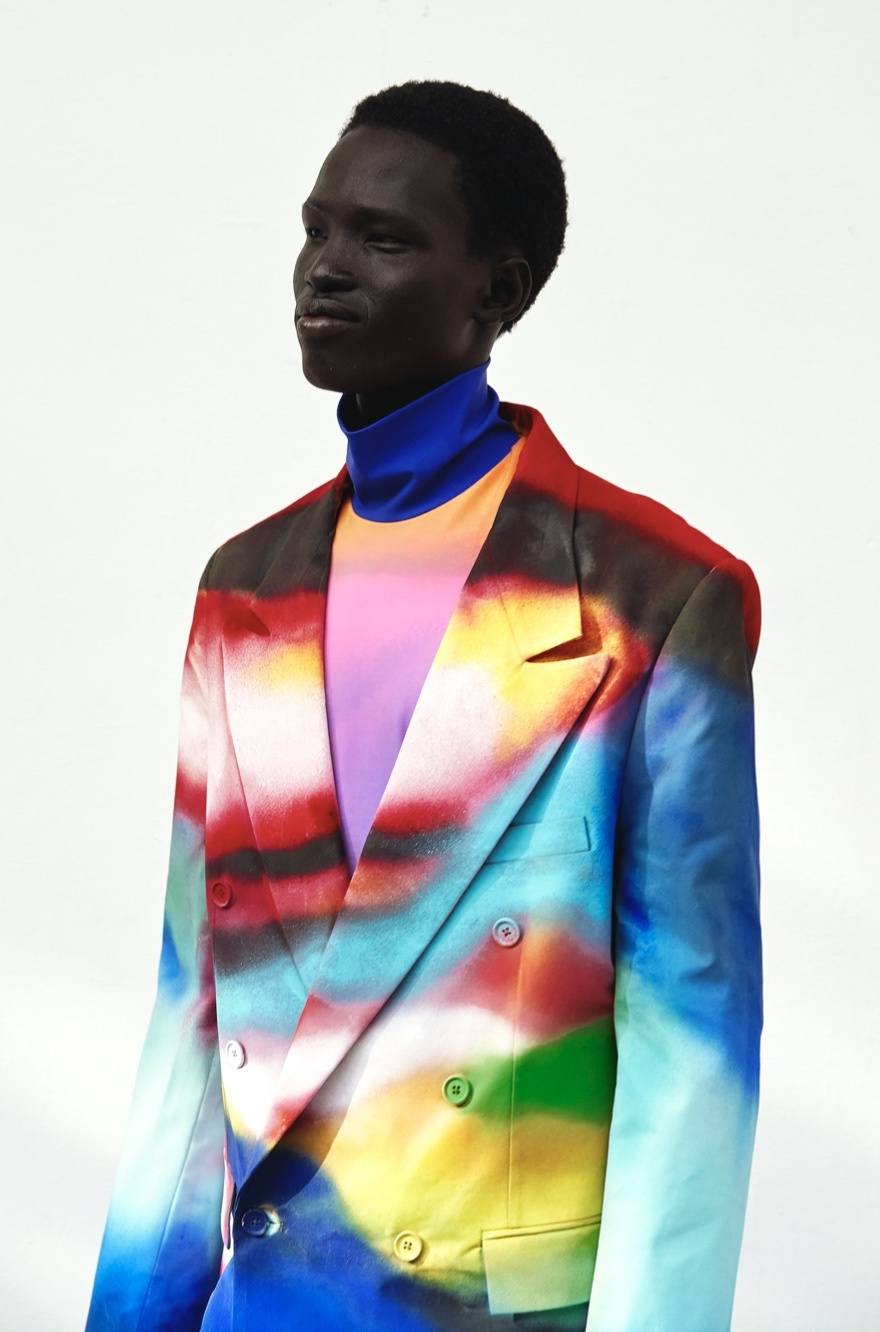
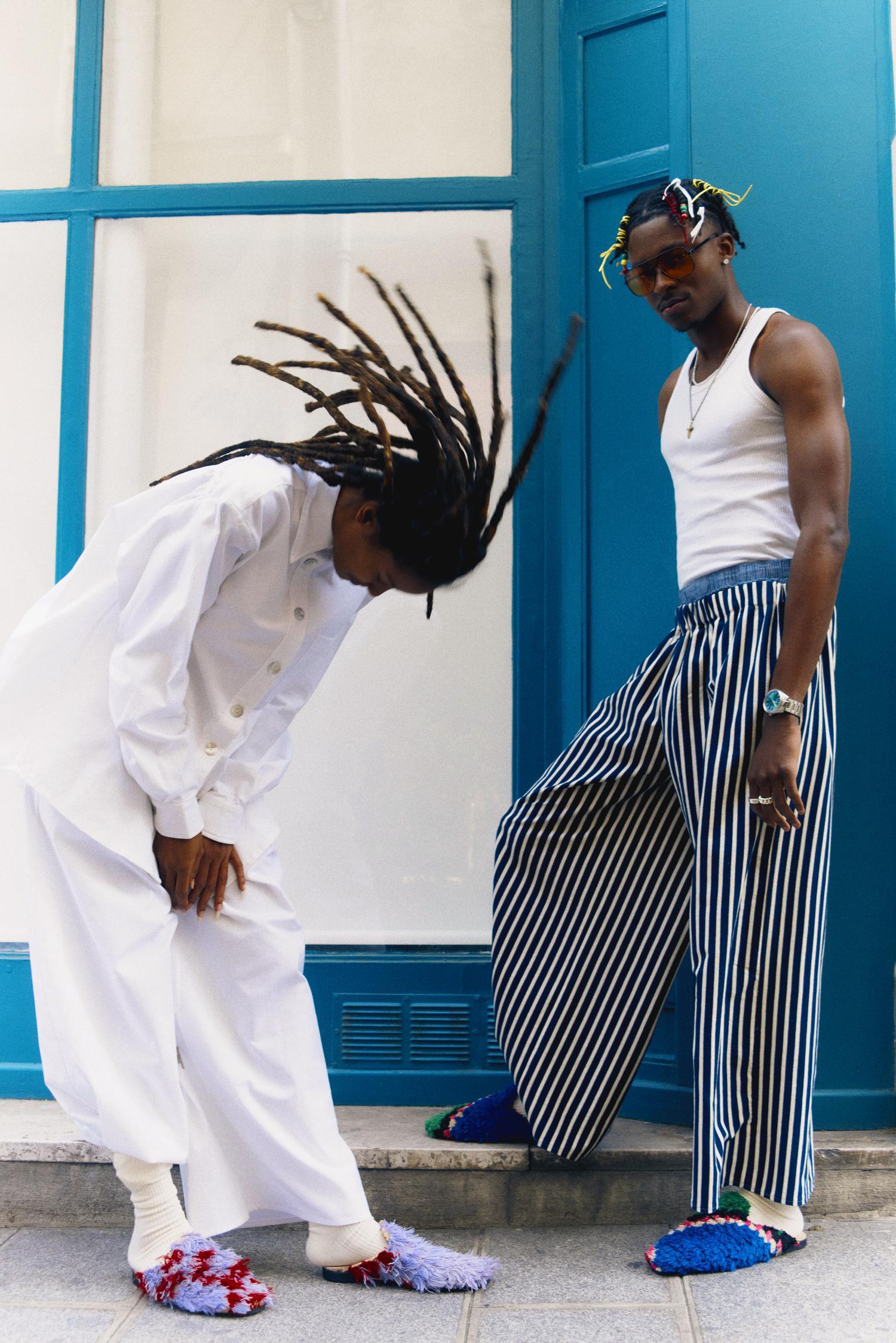
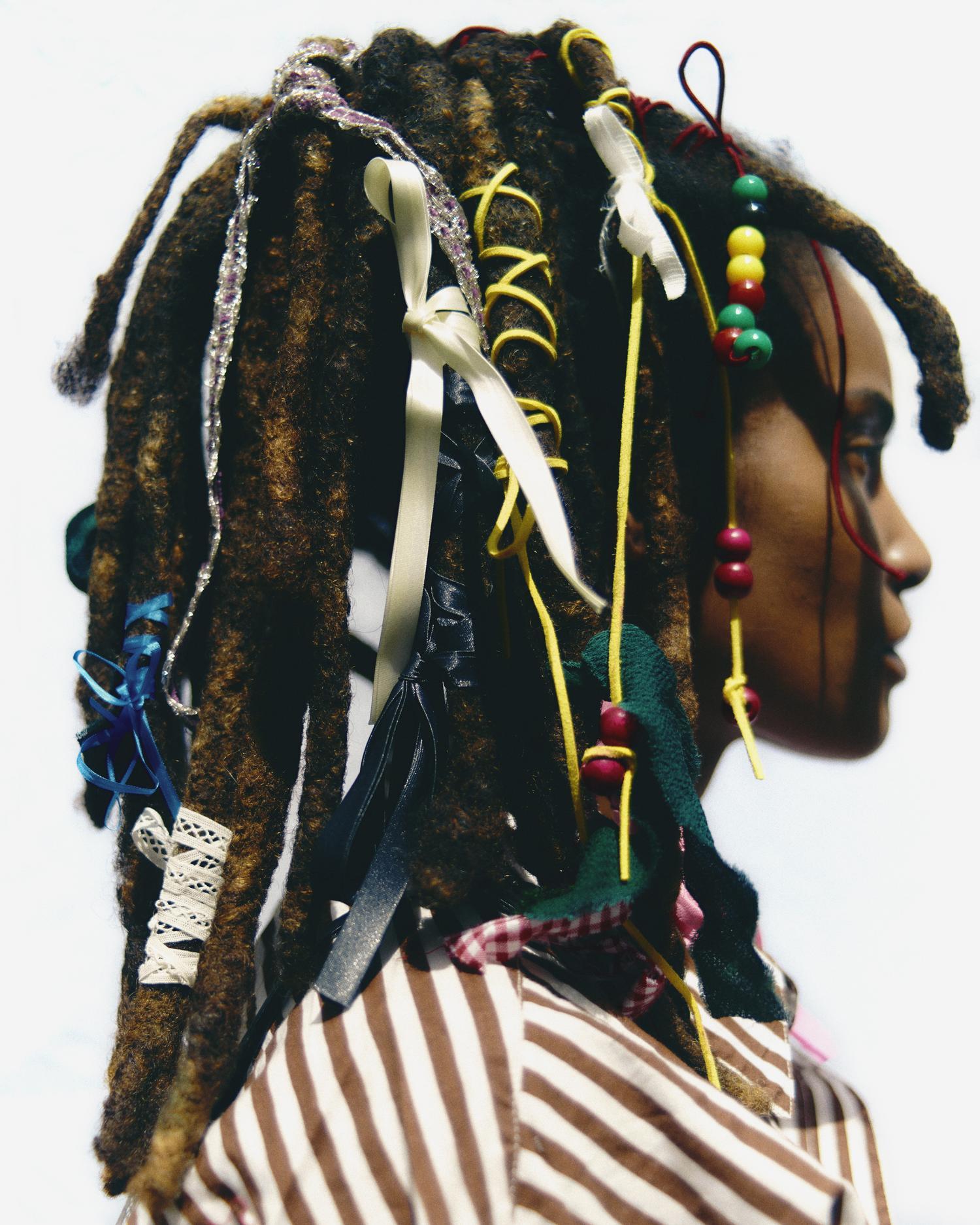
Recent Comments